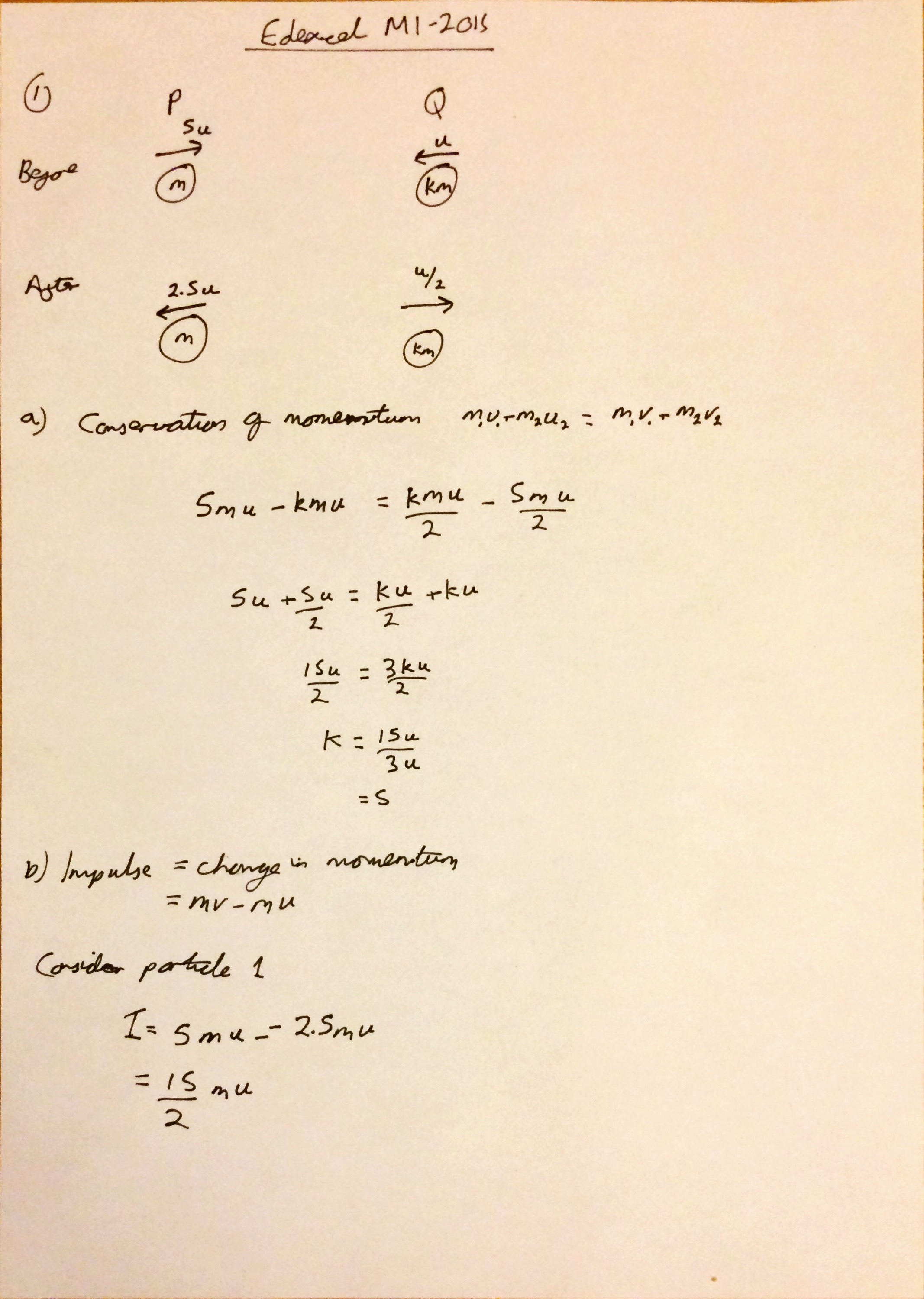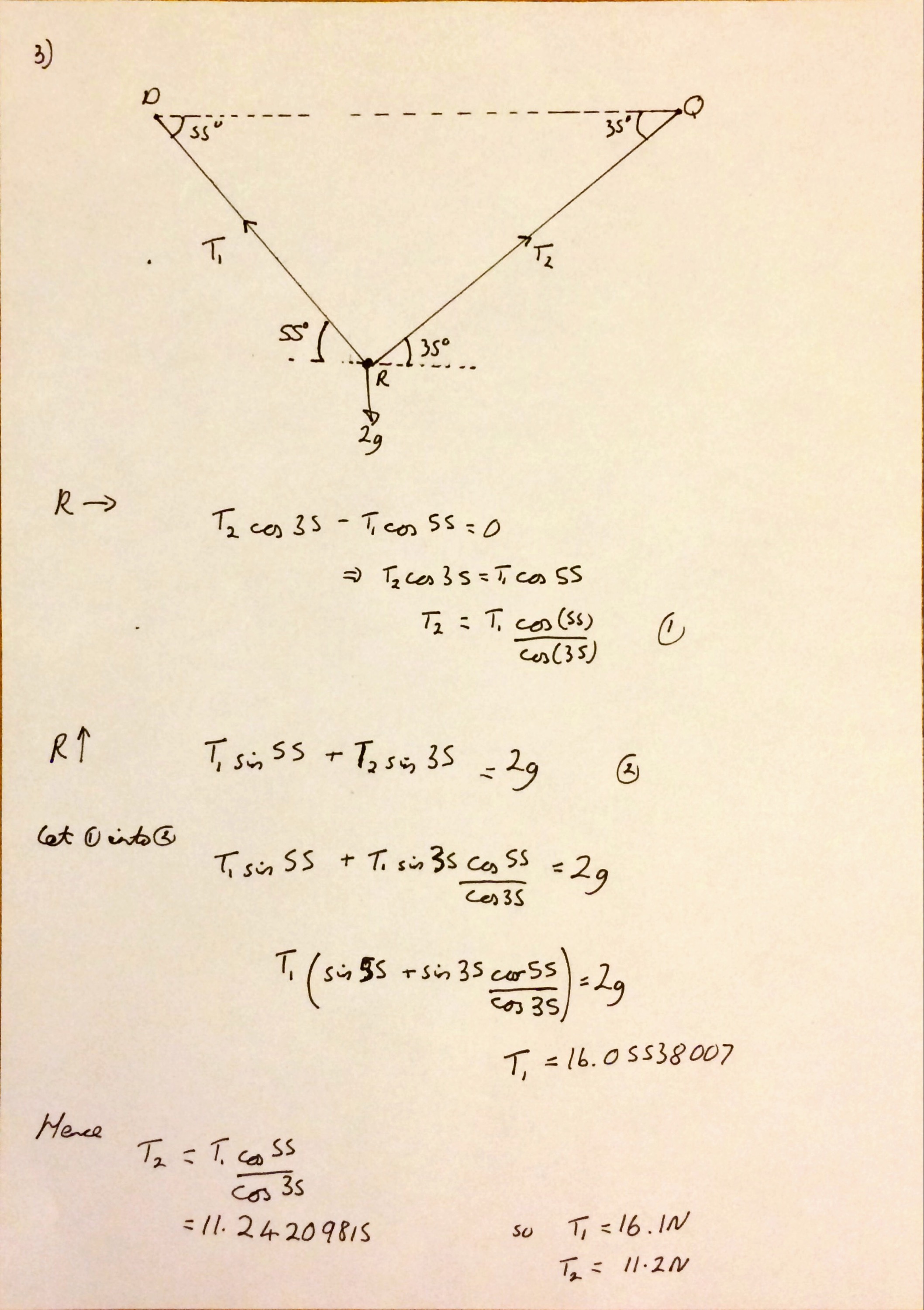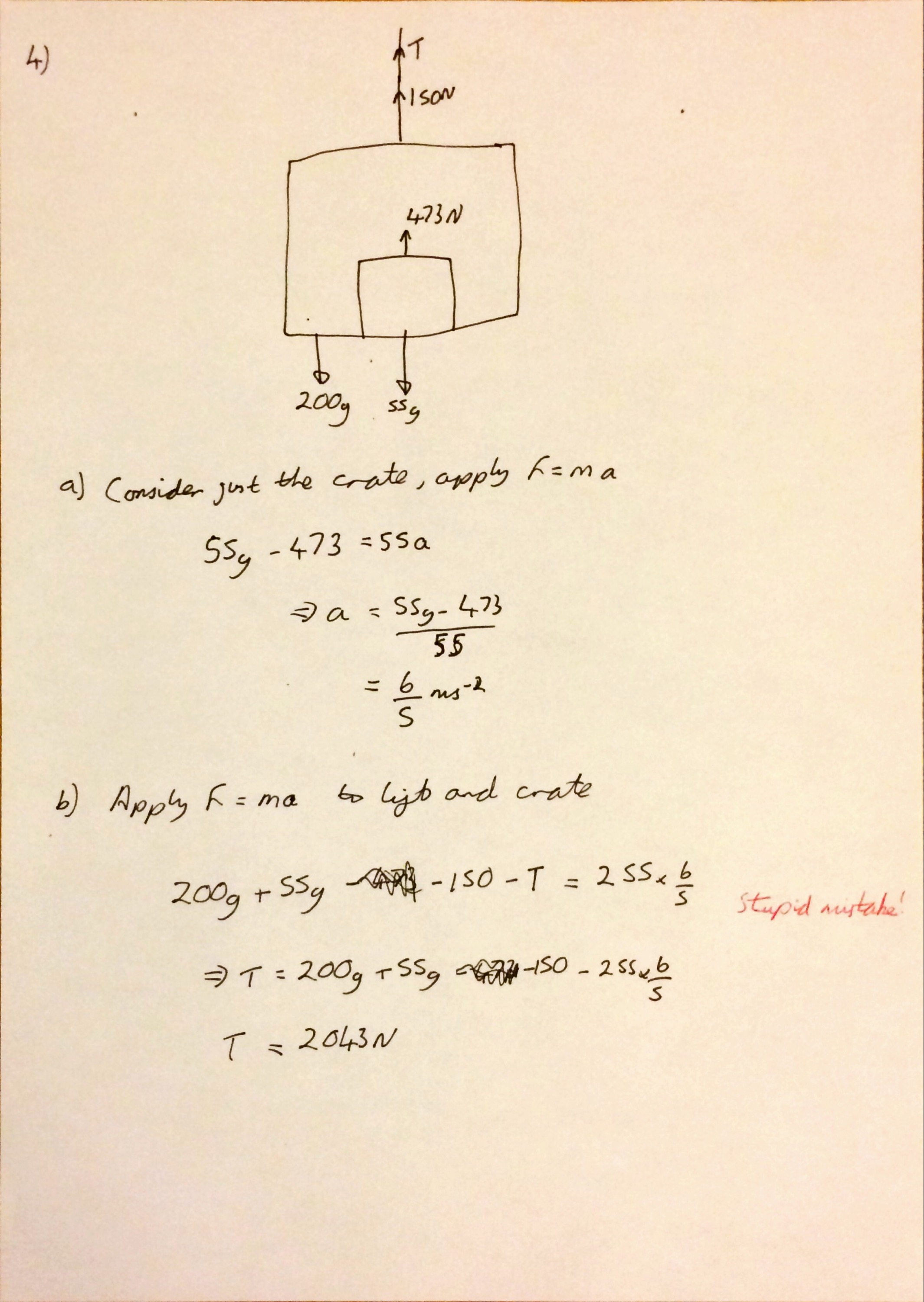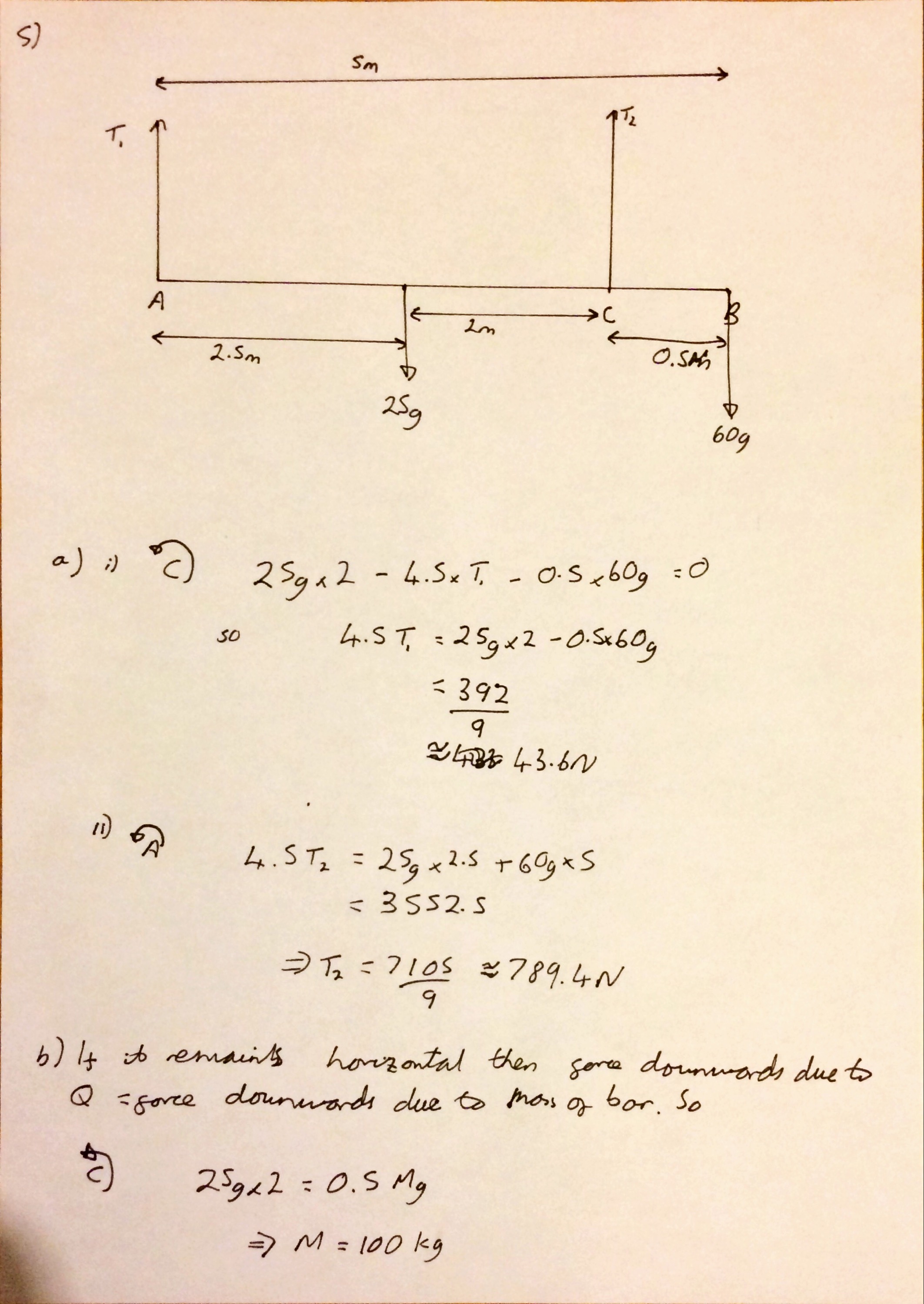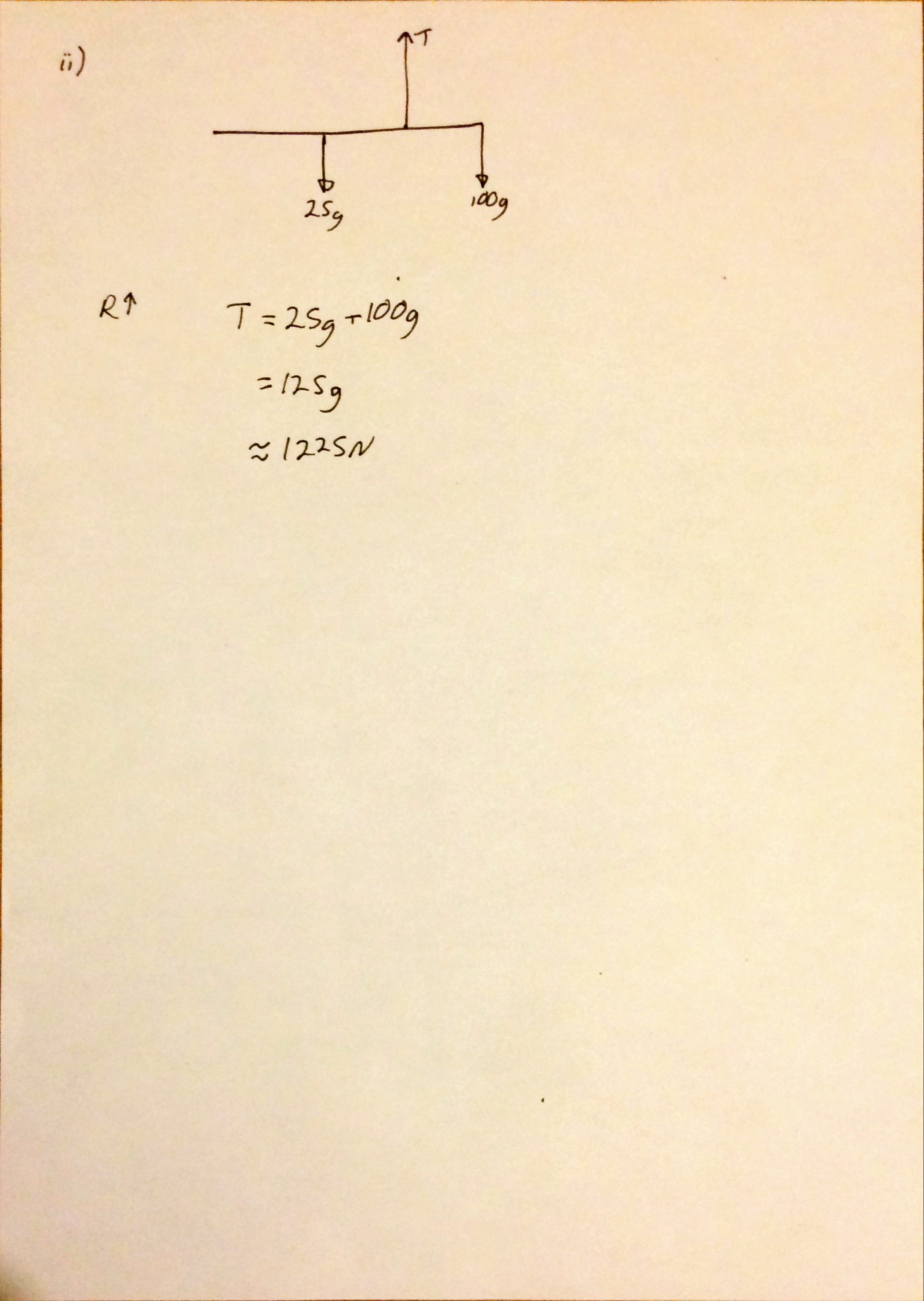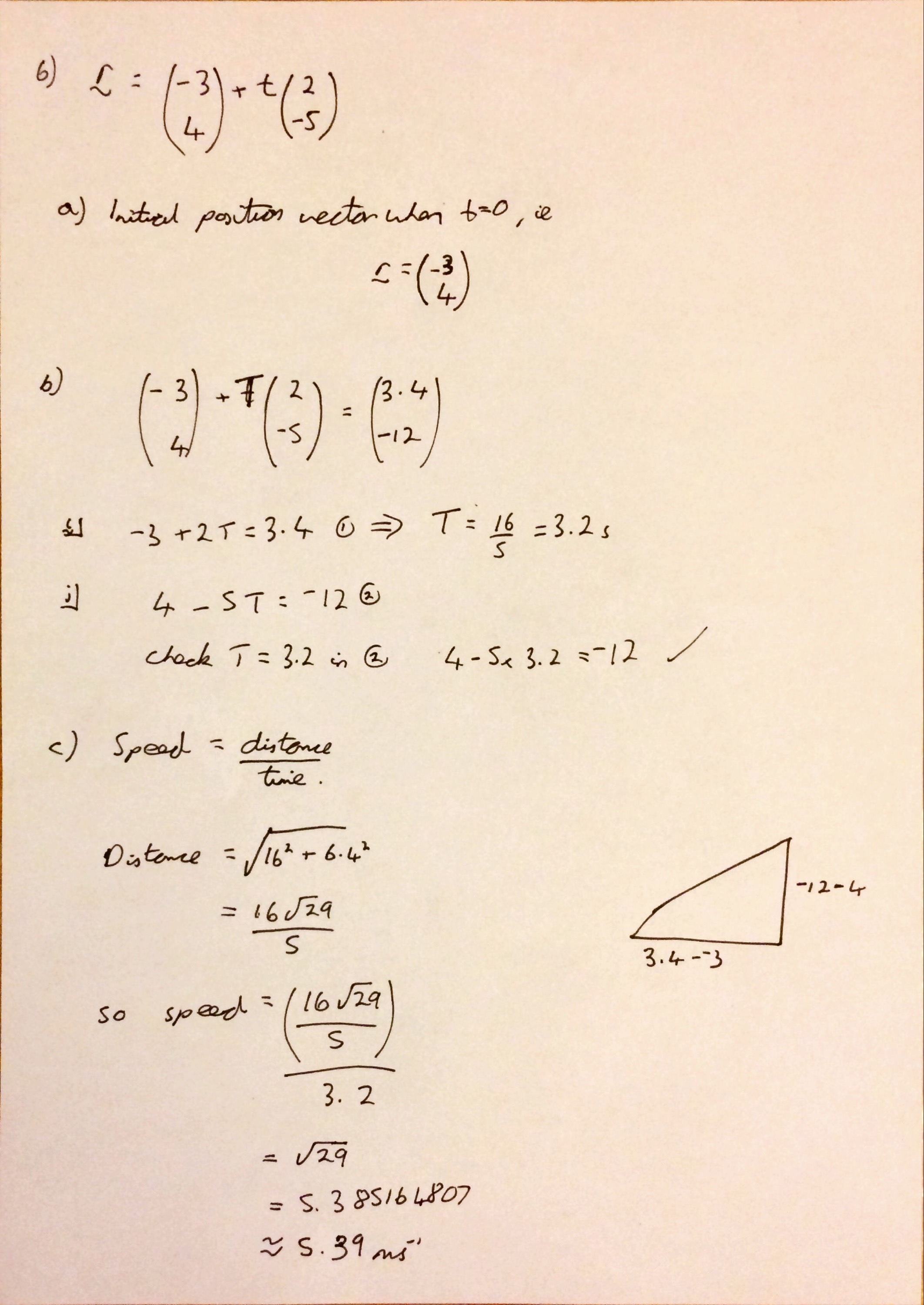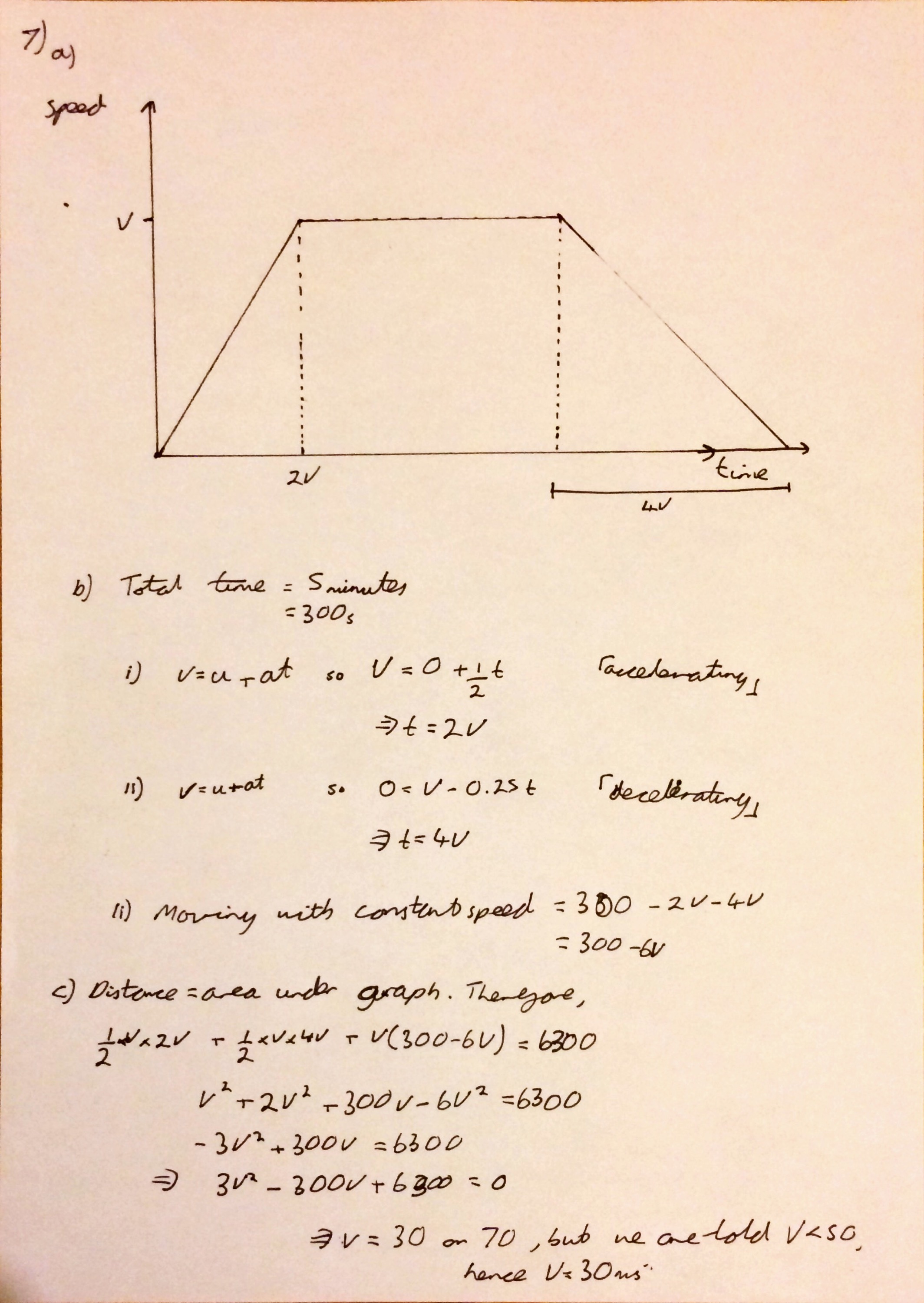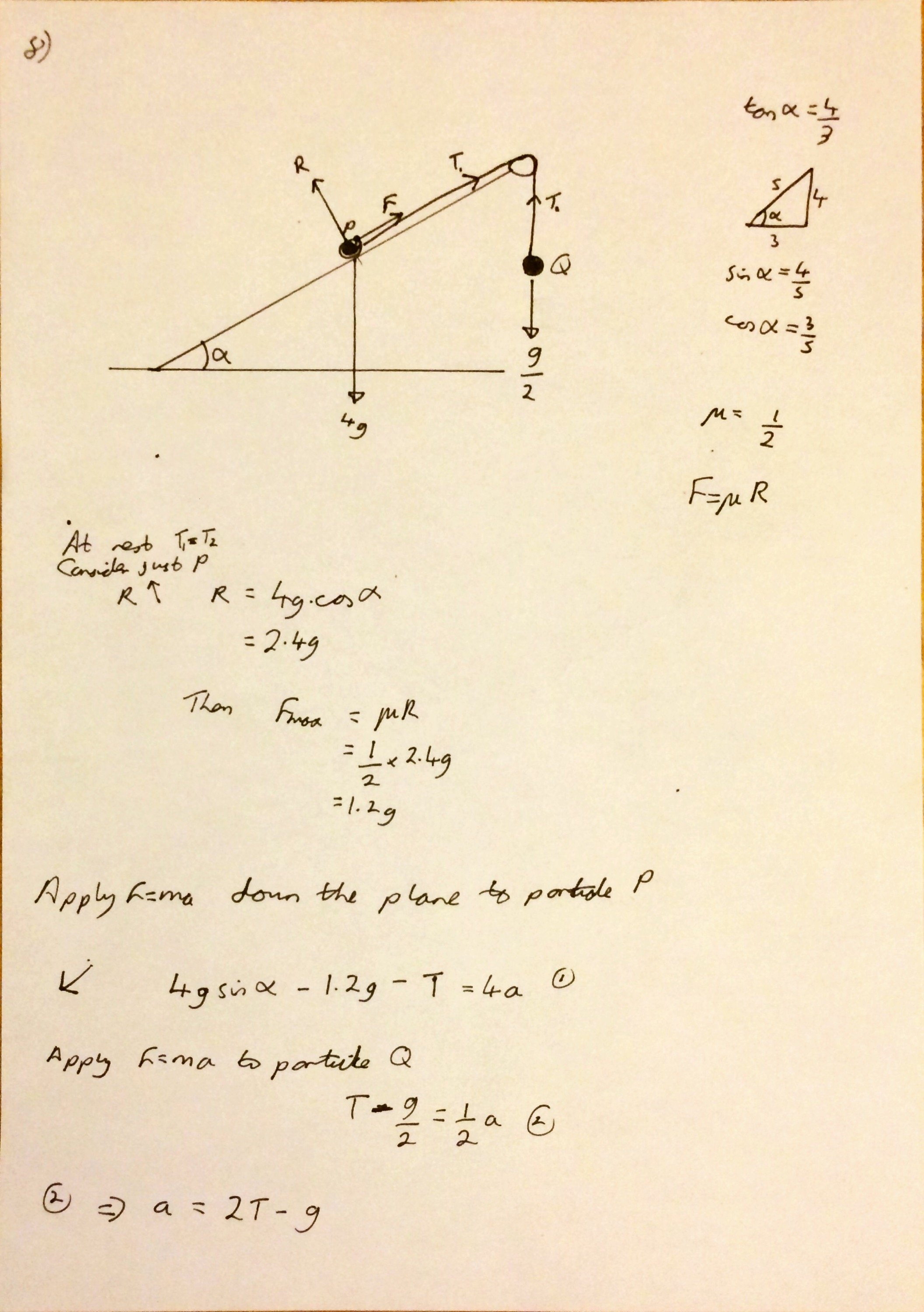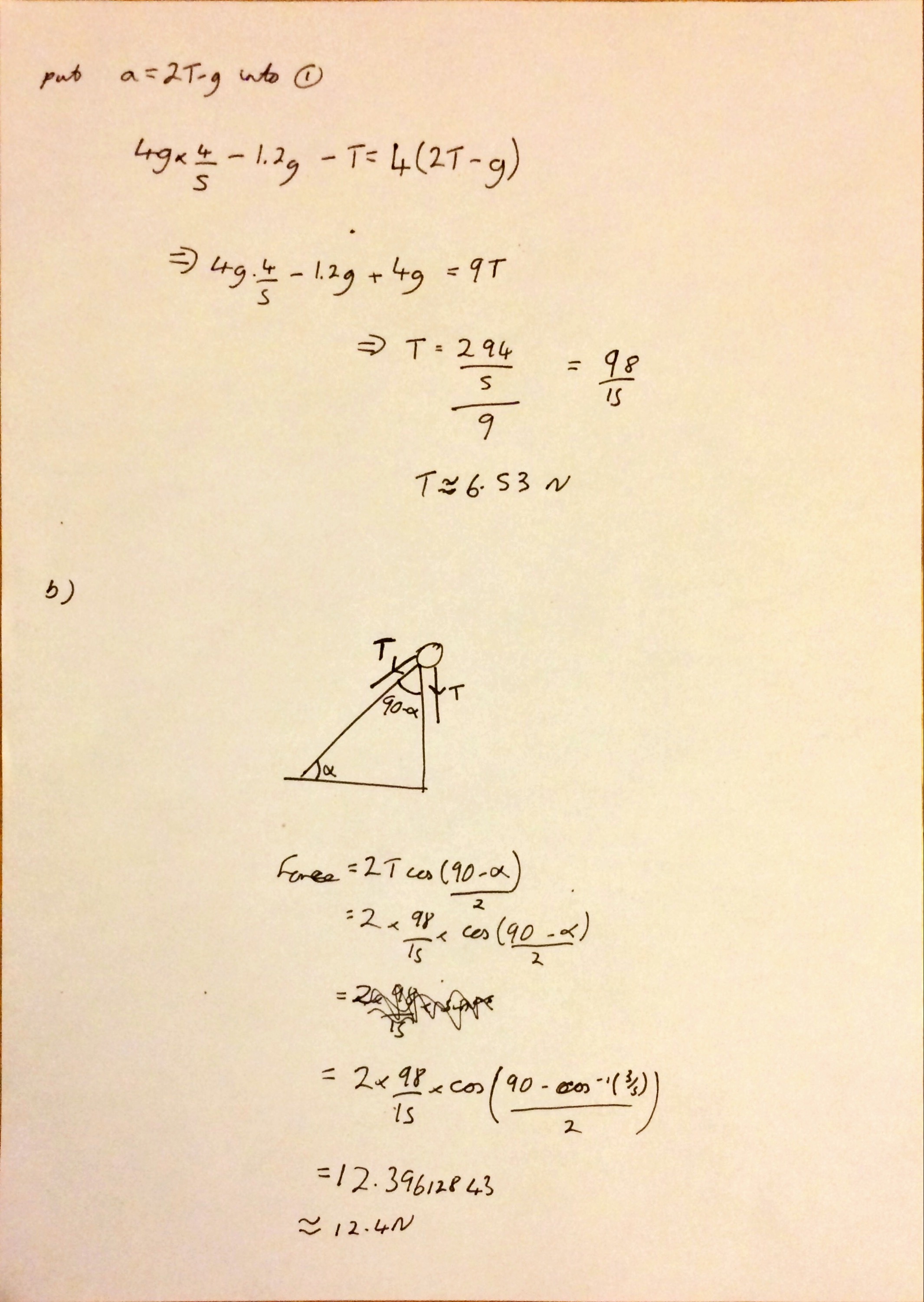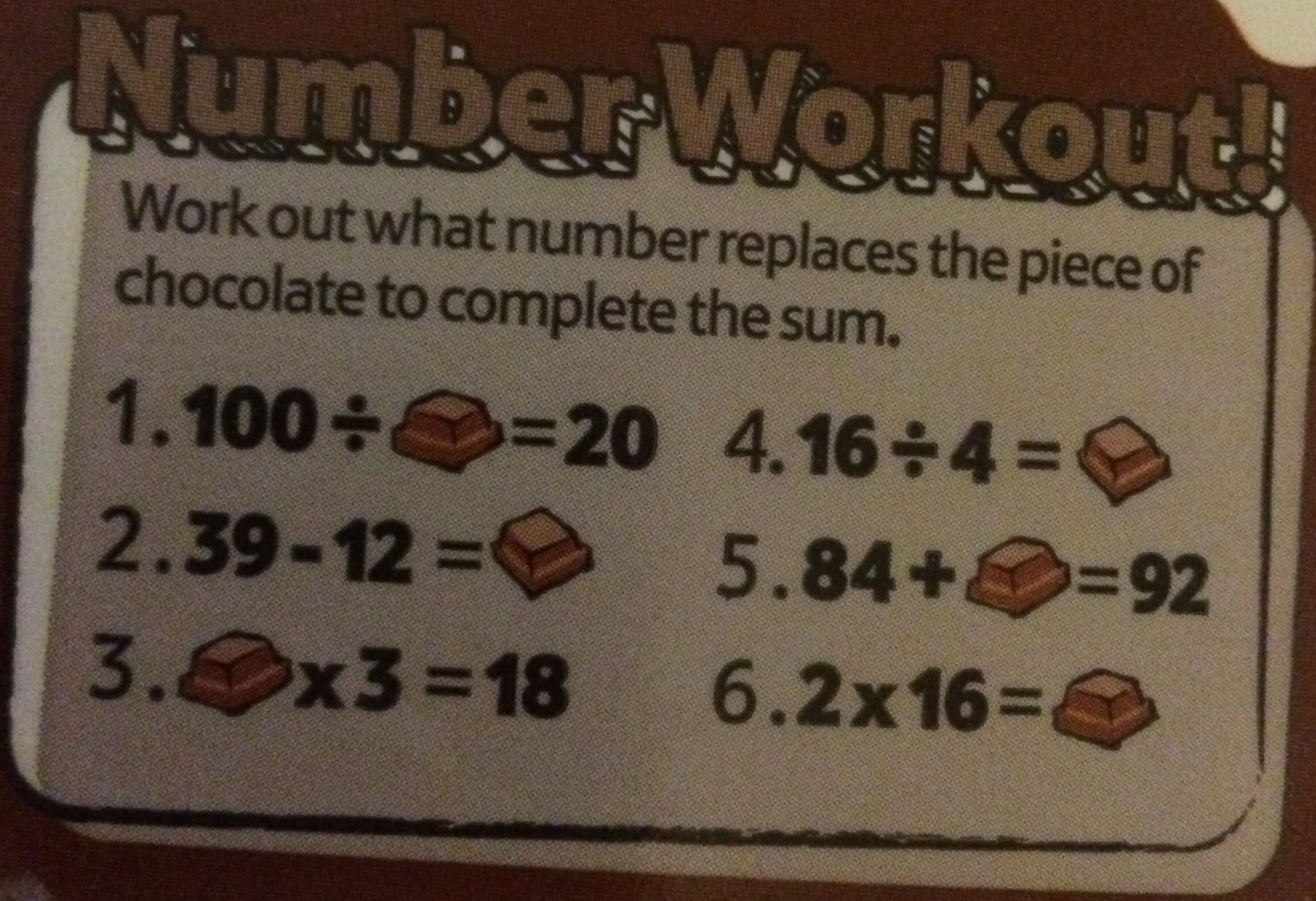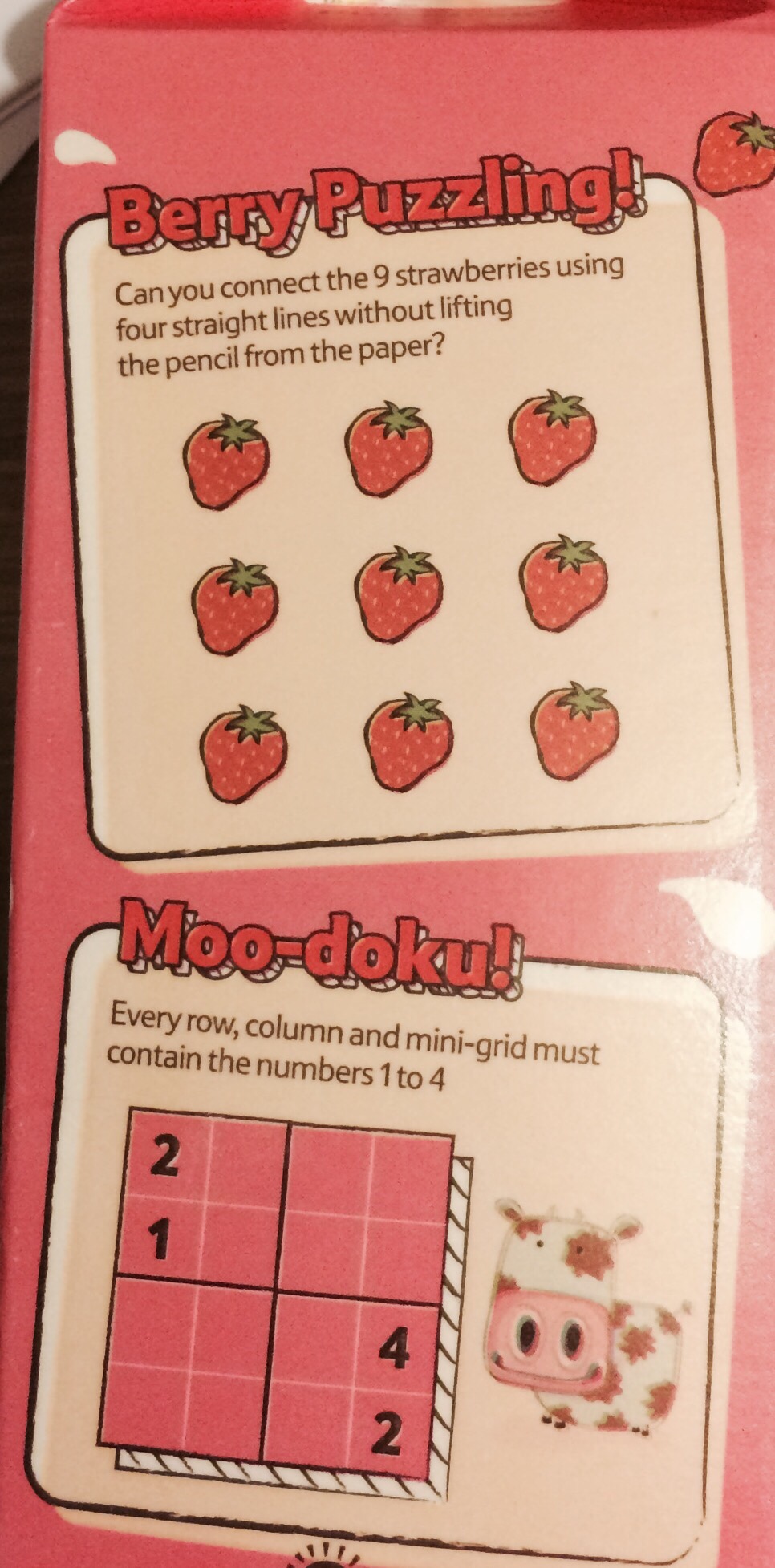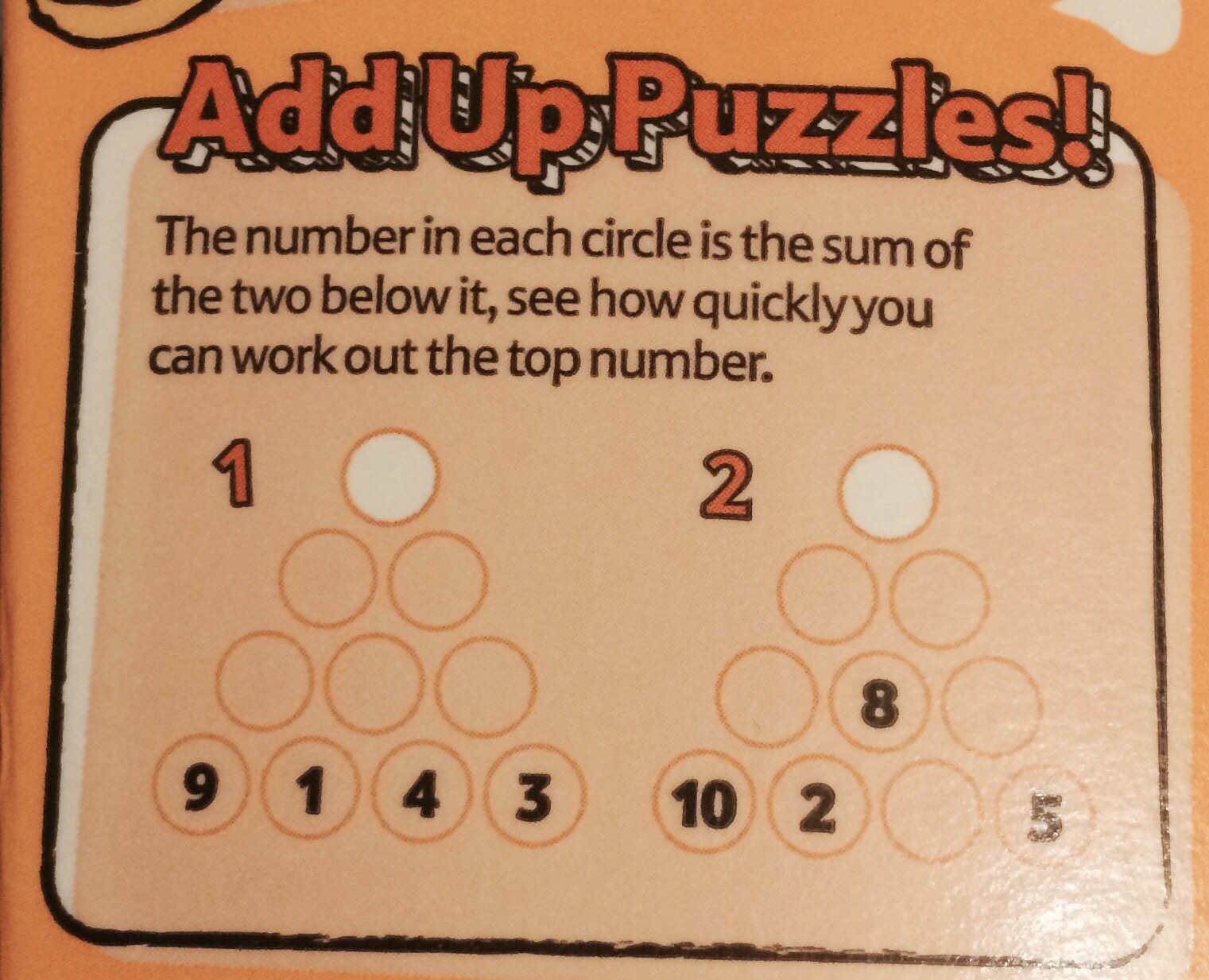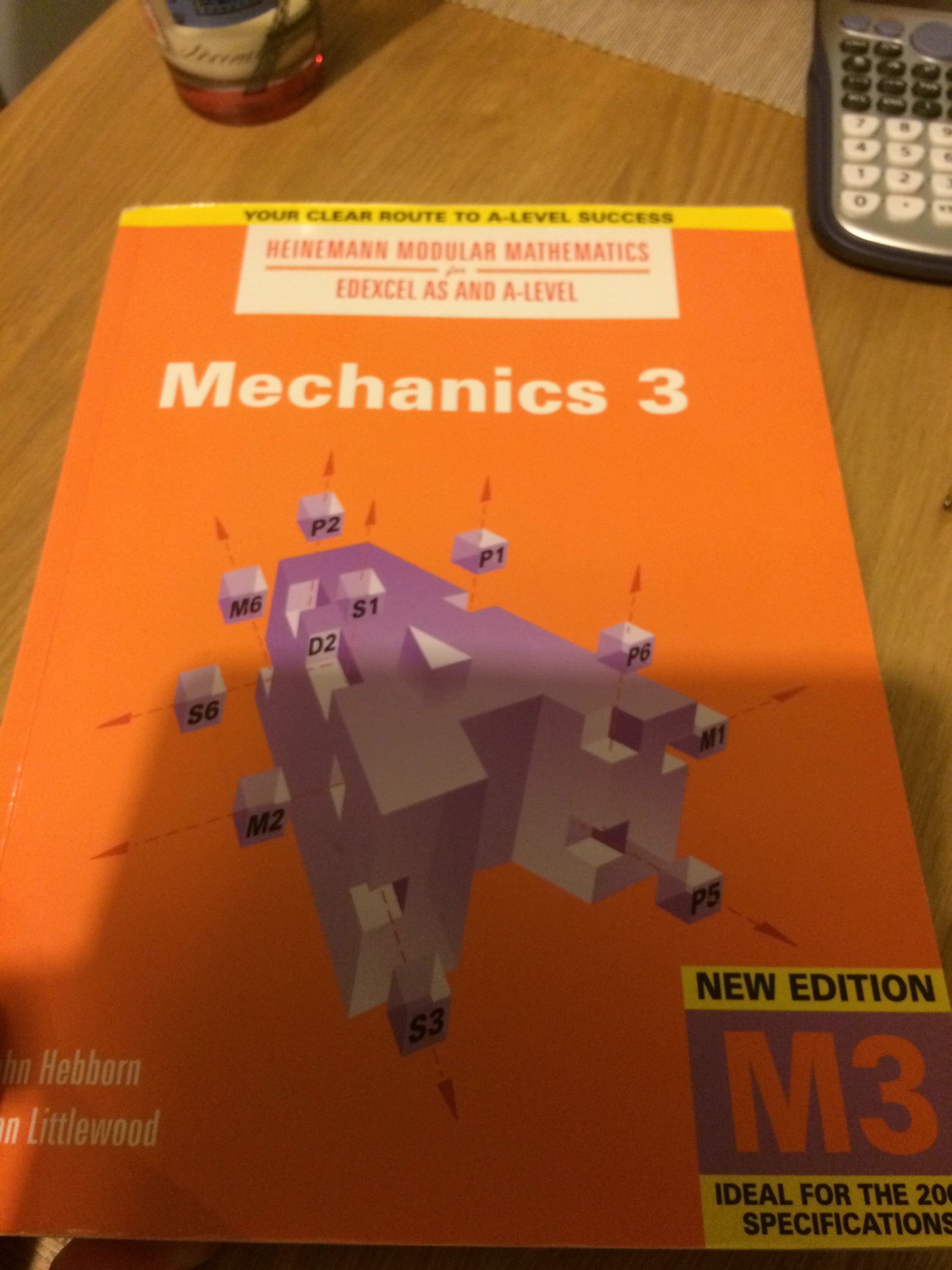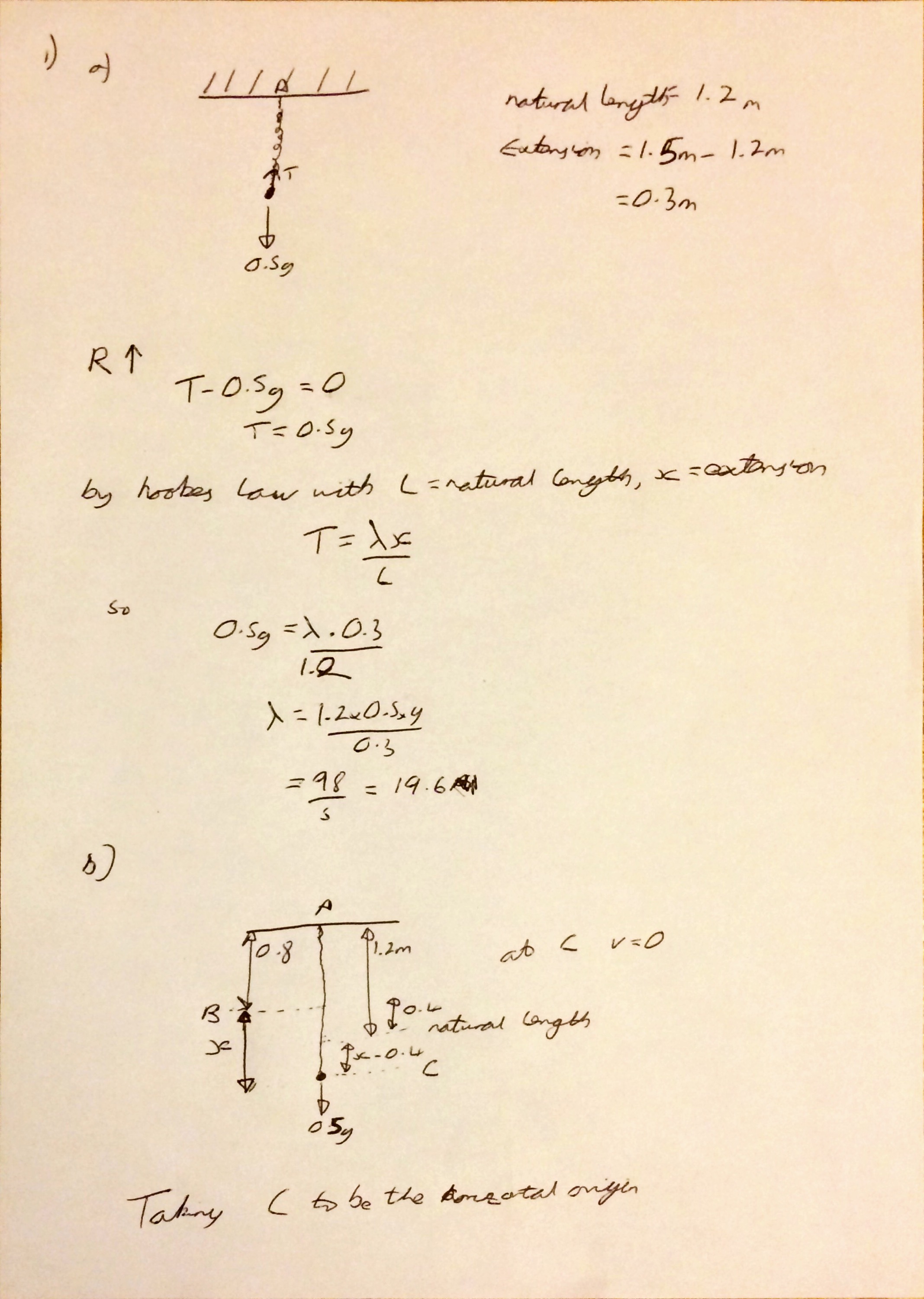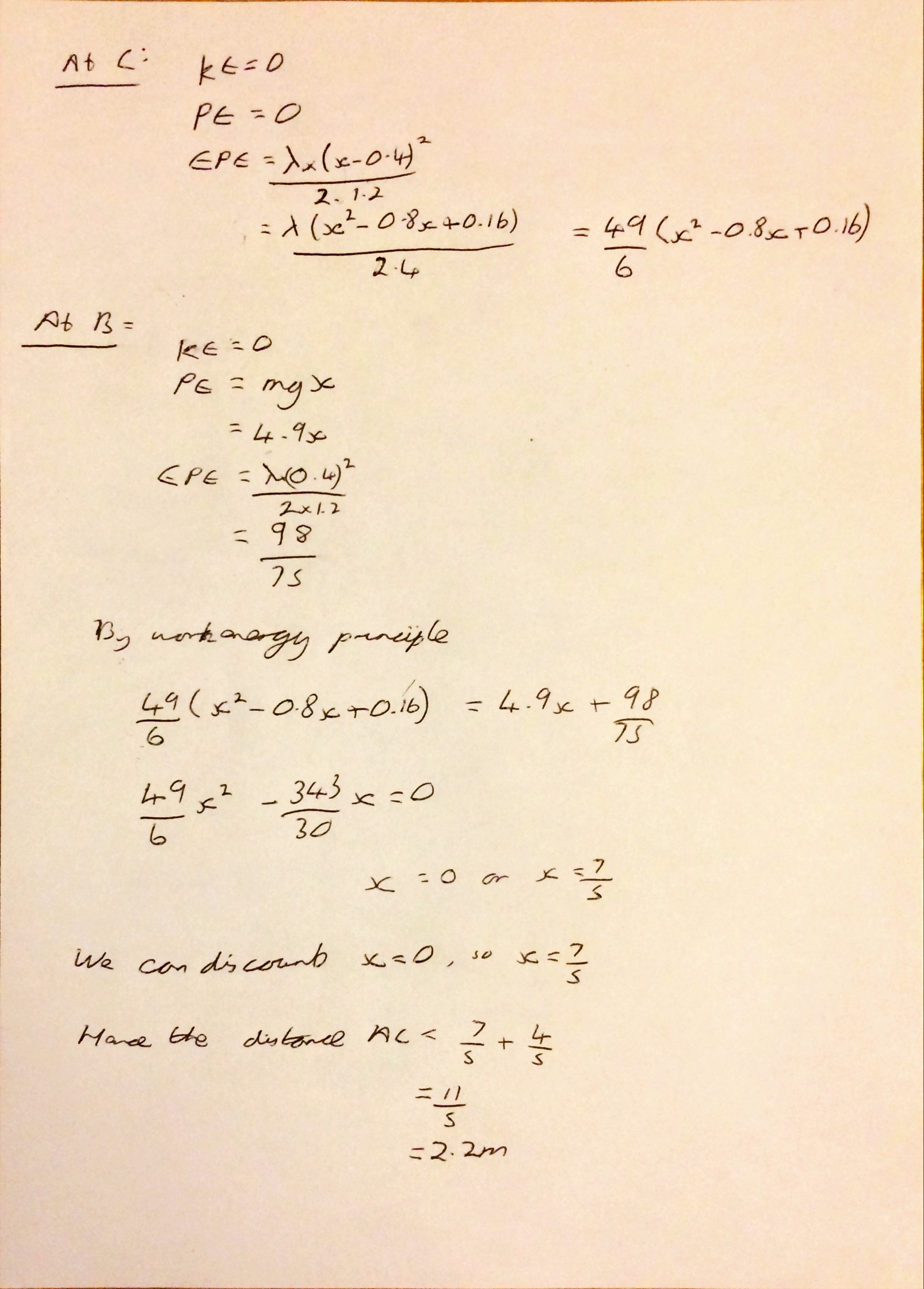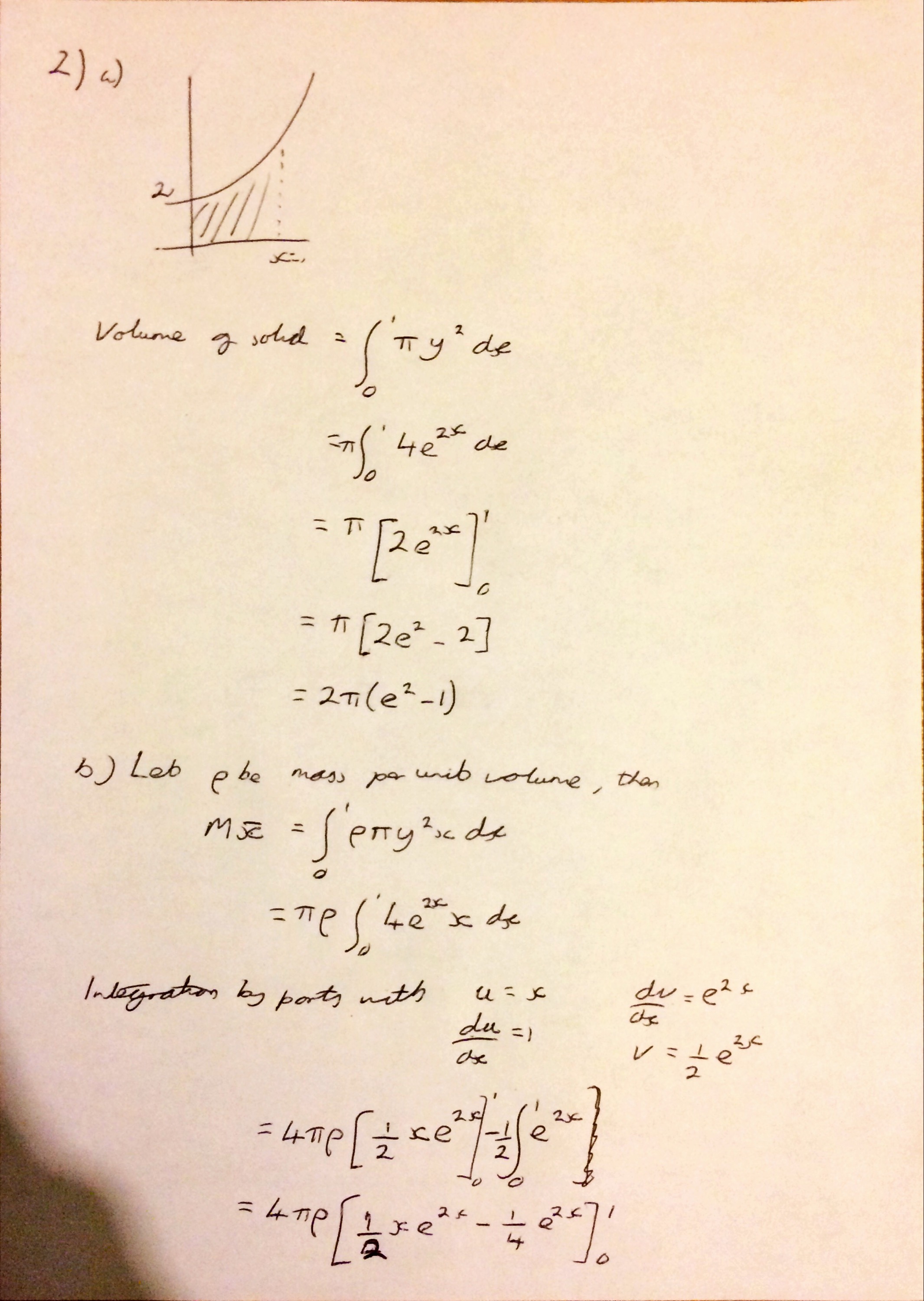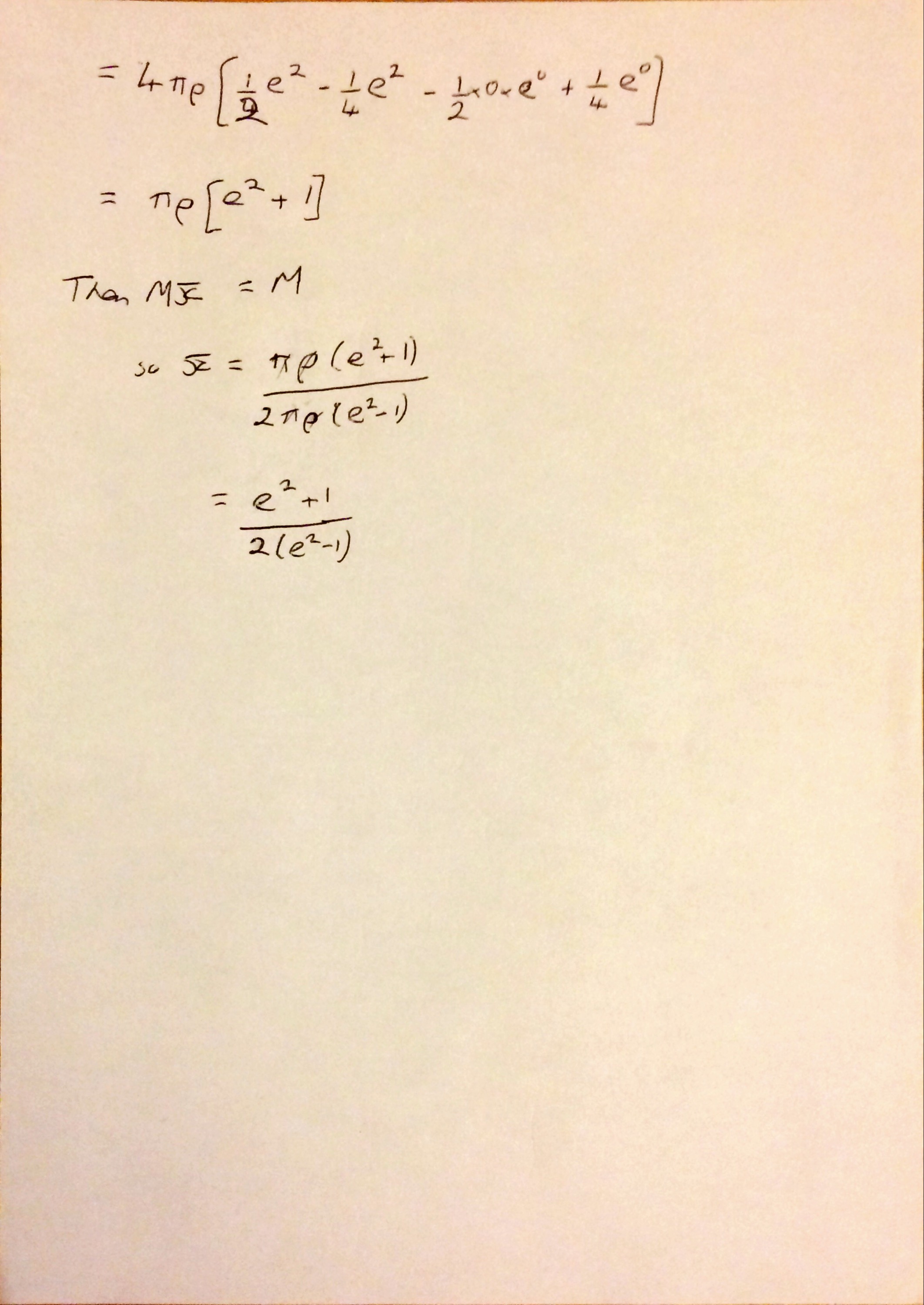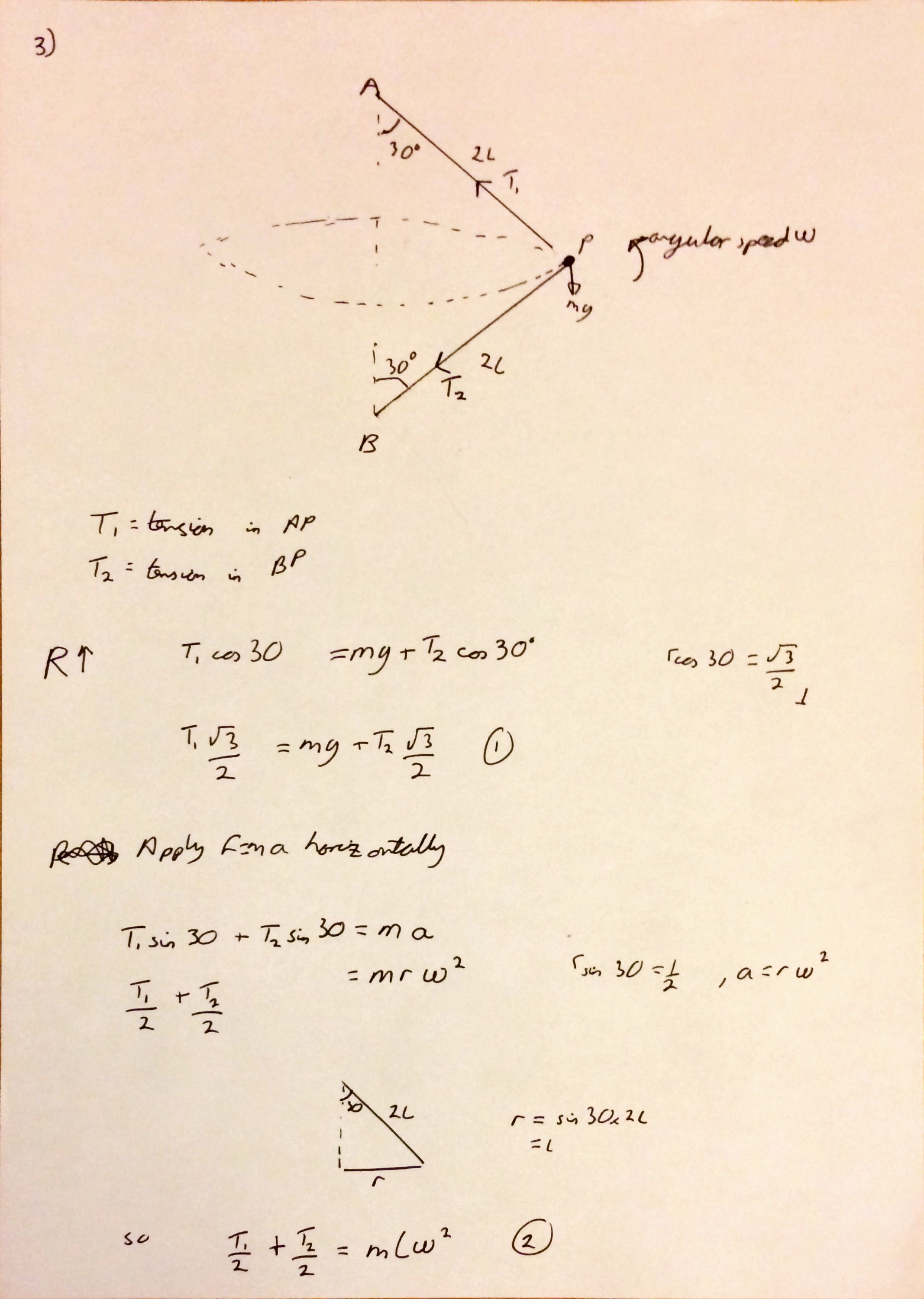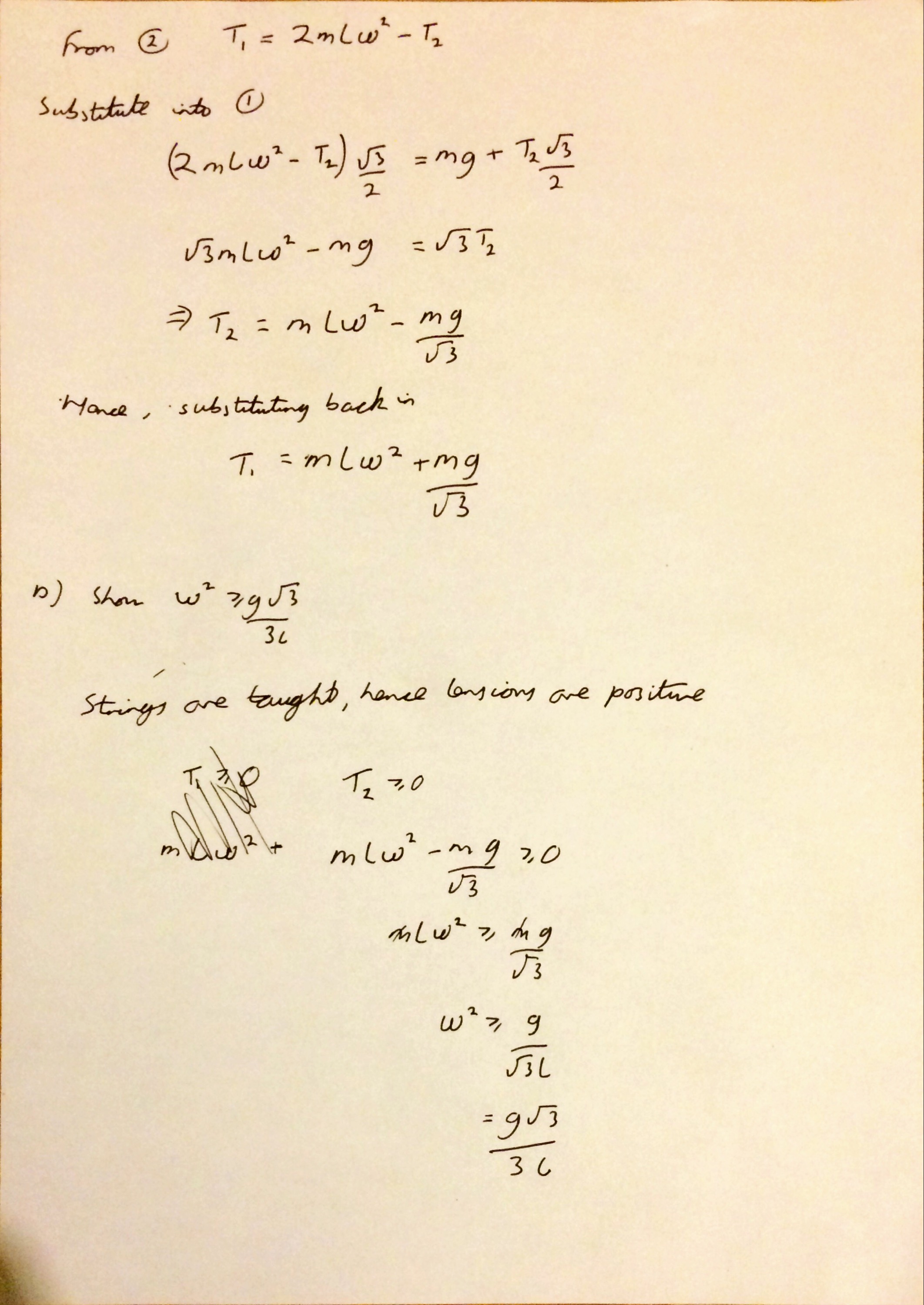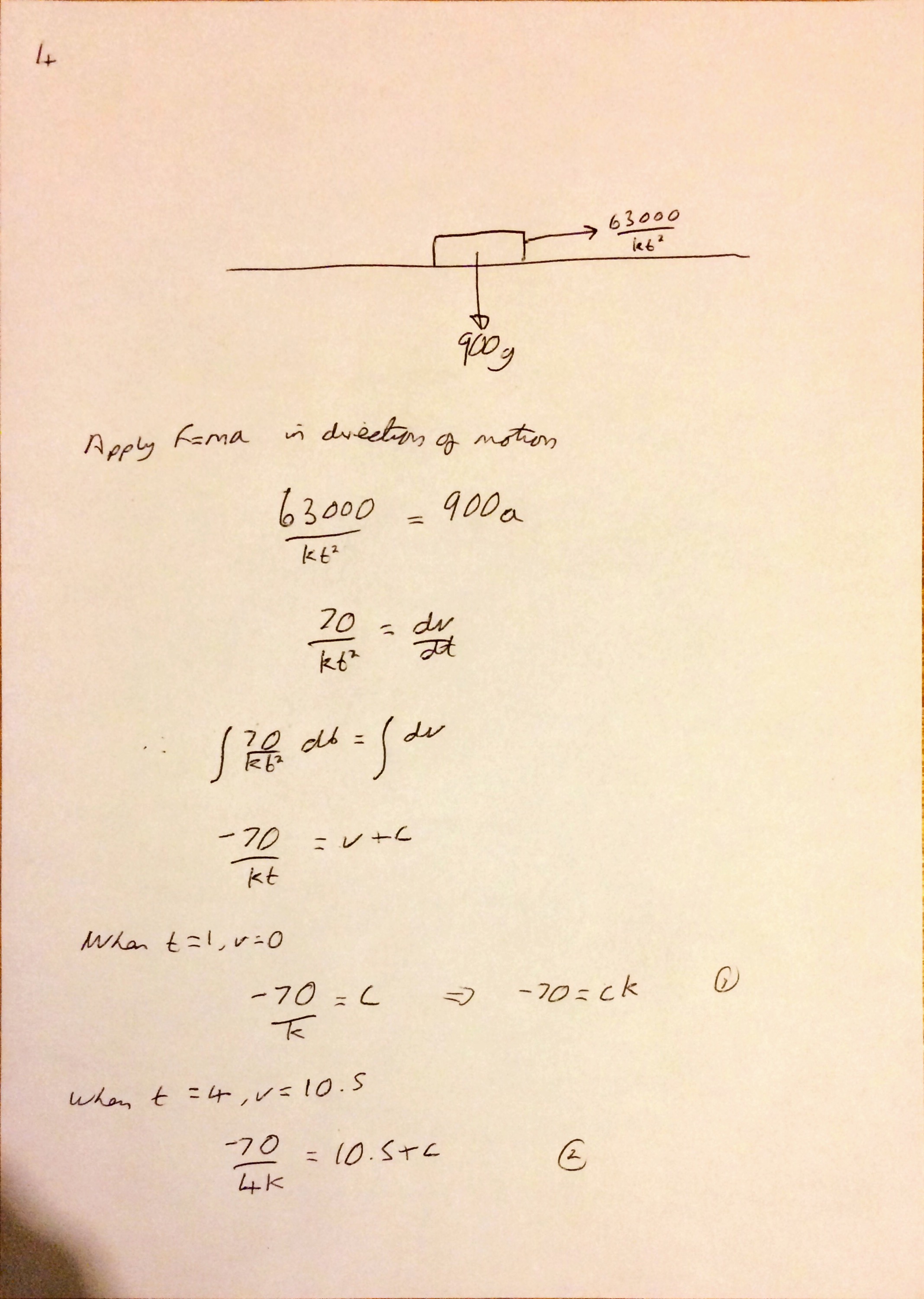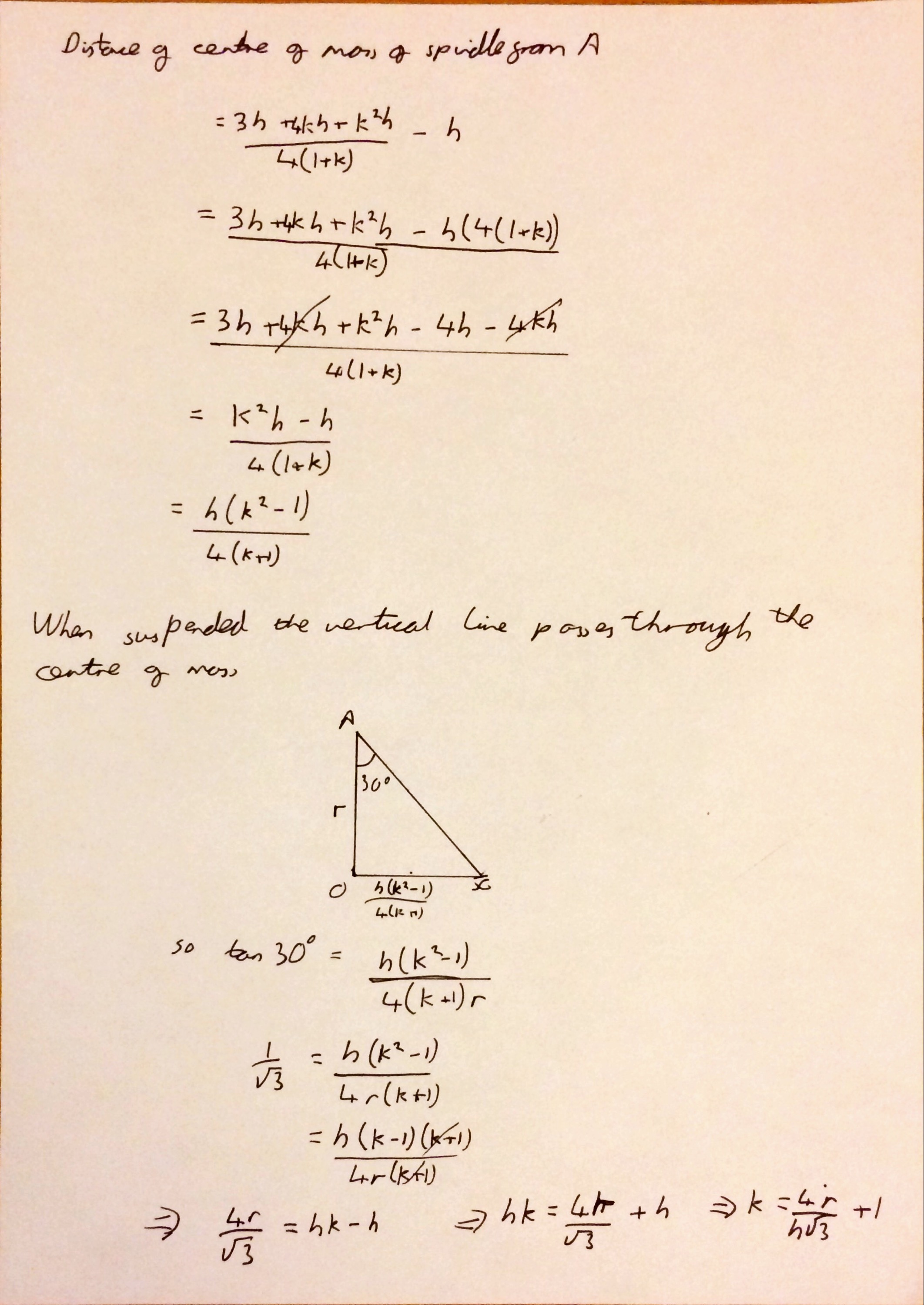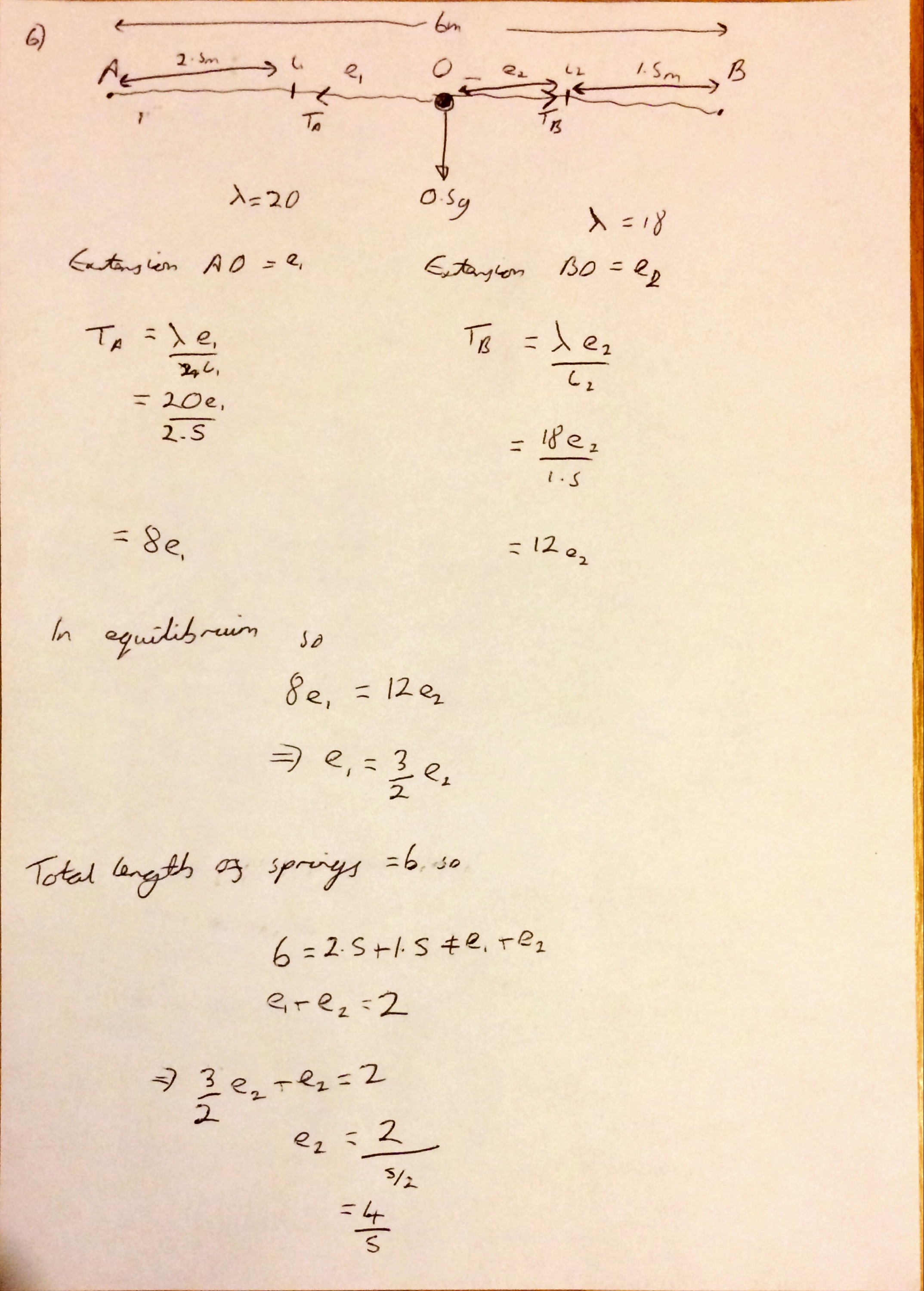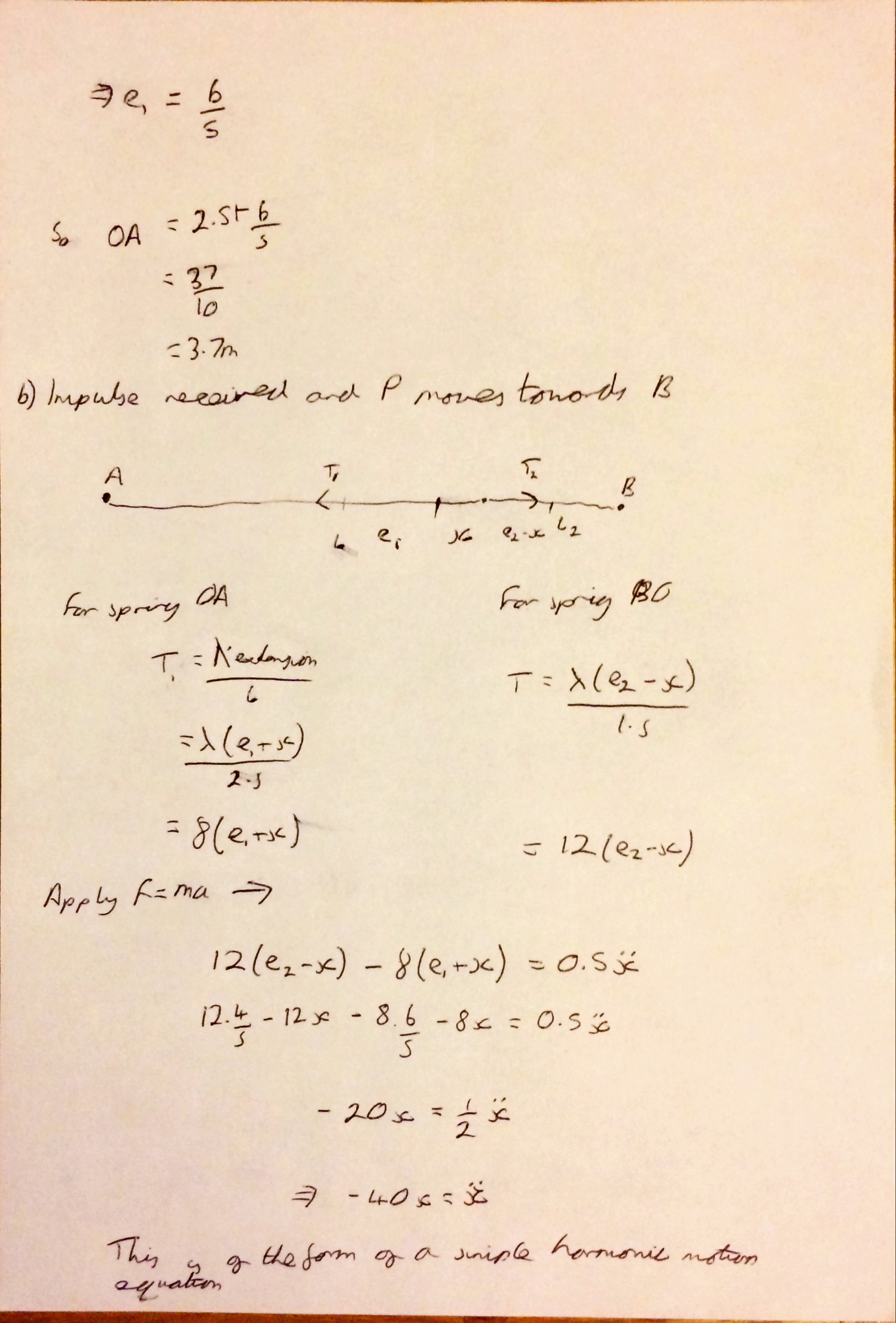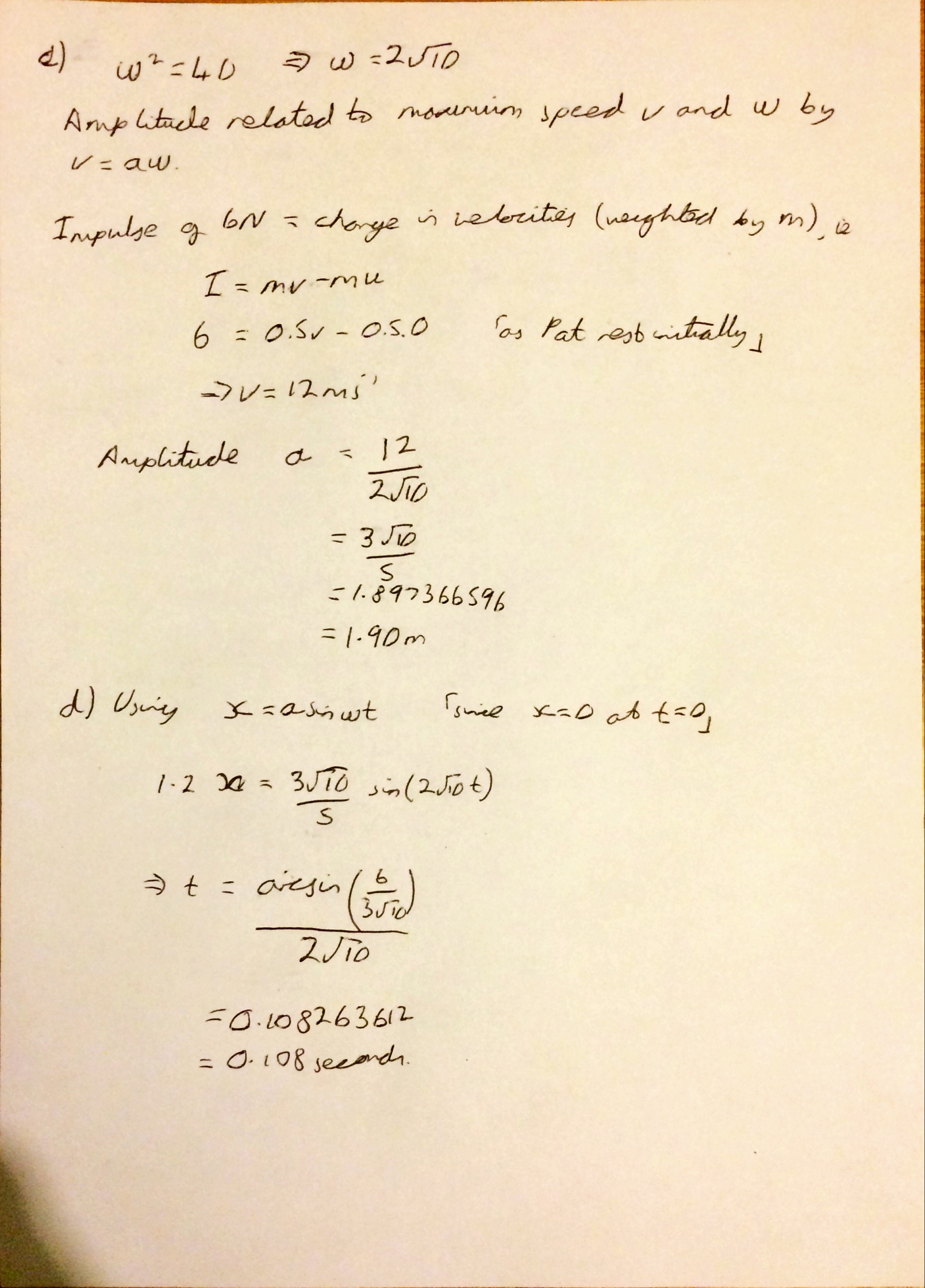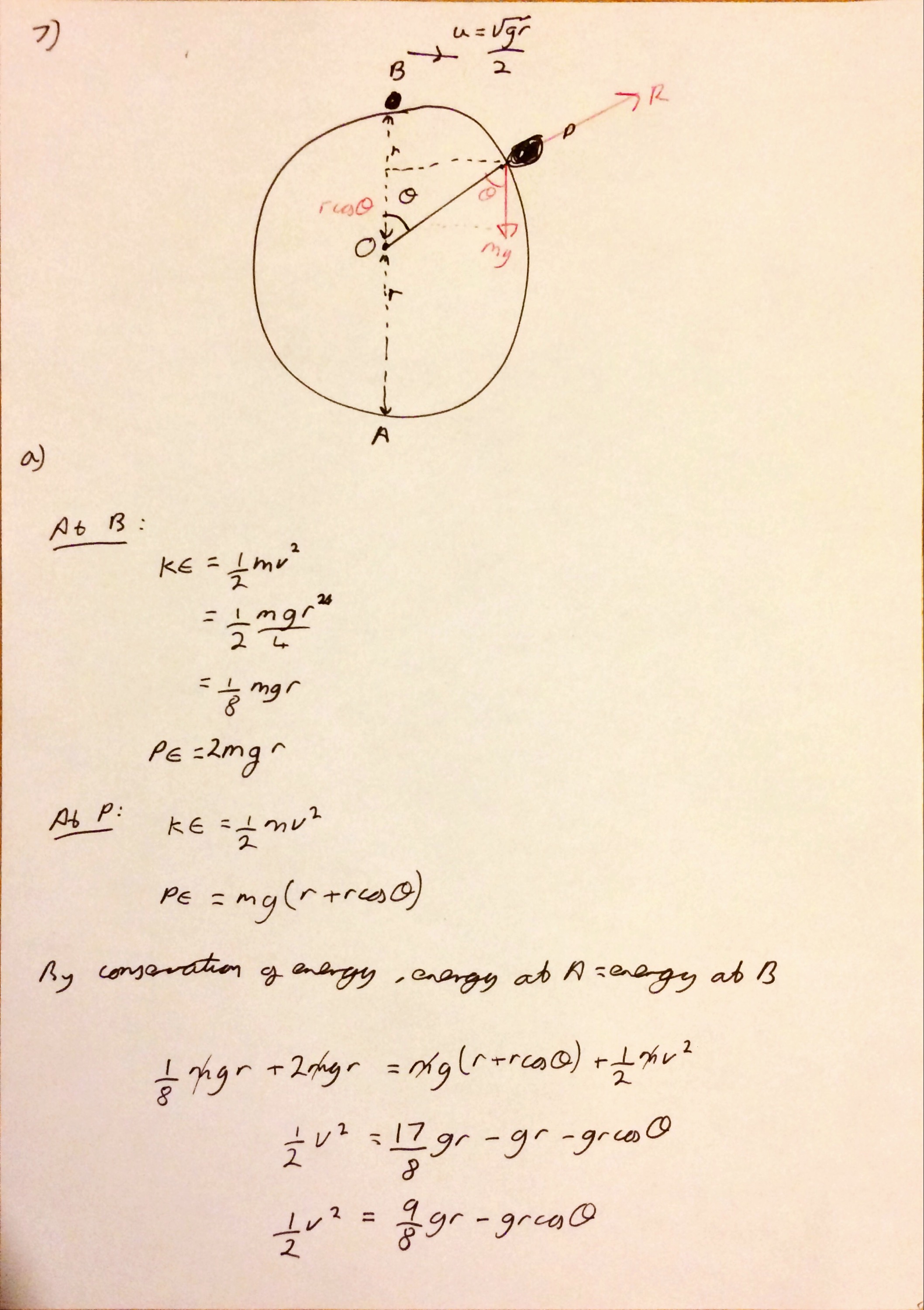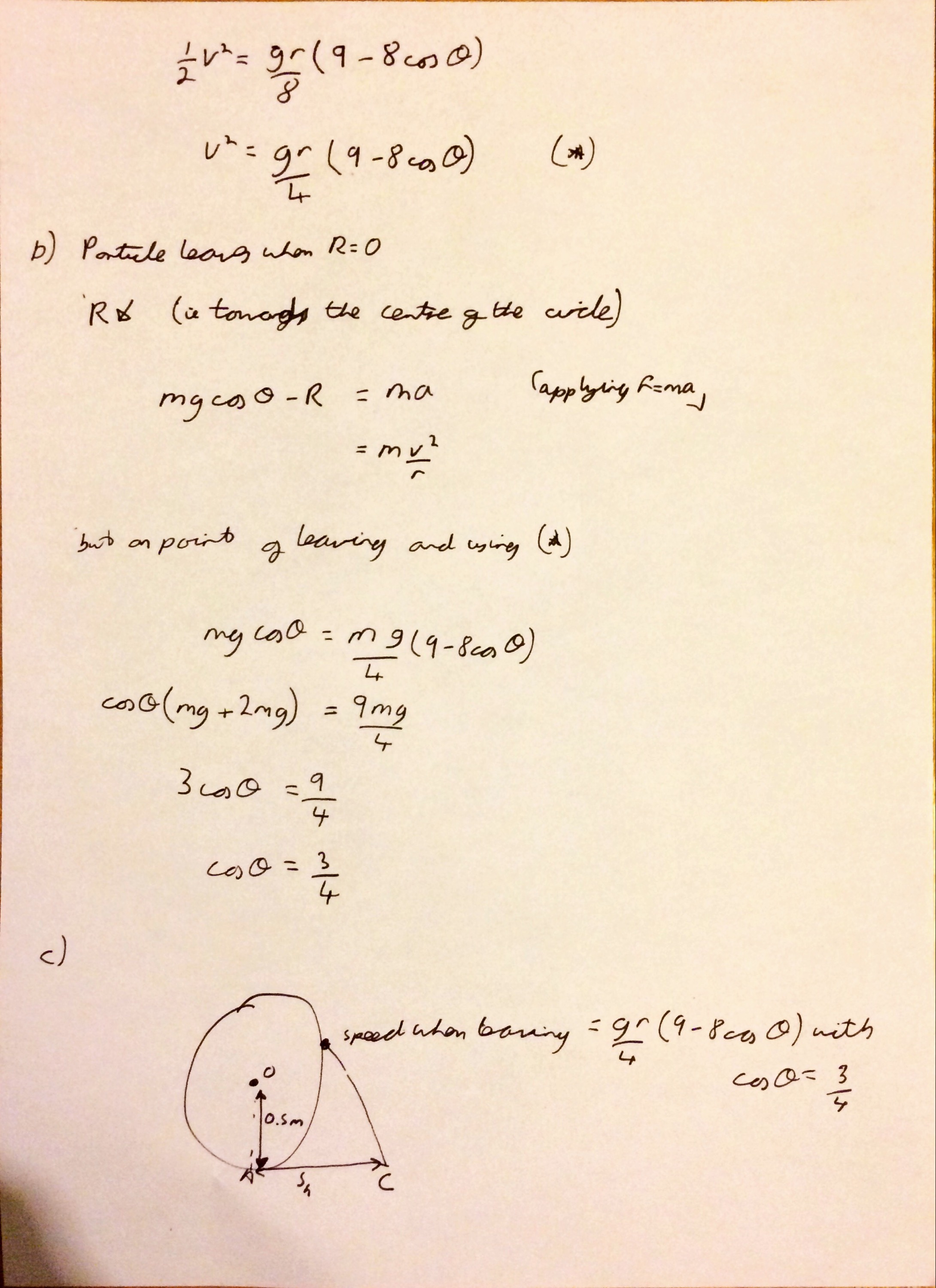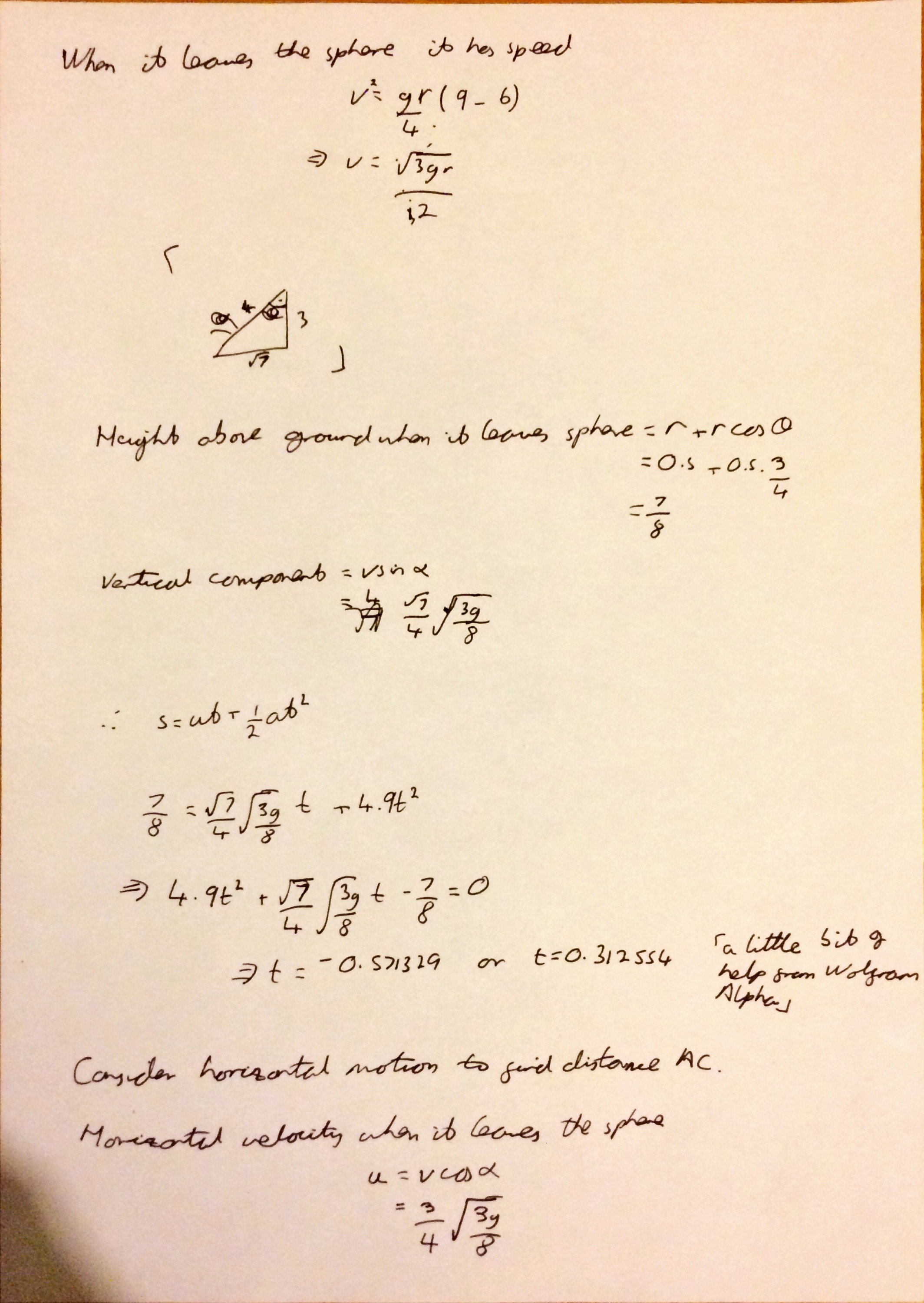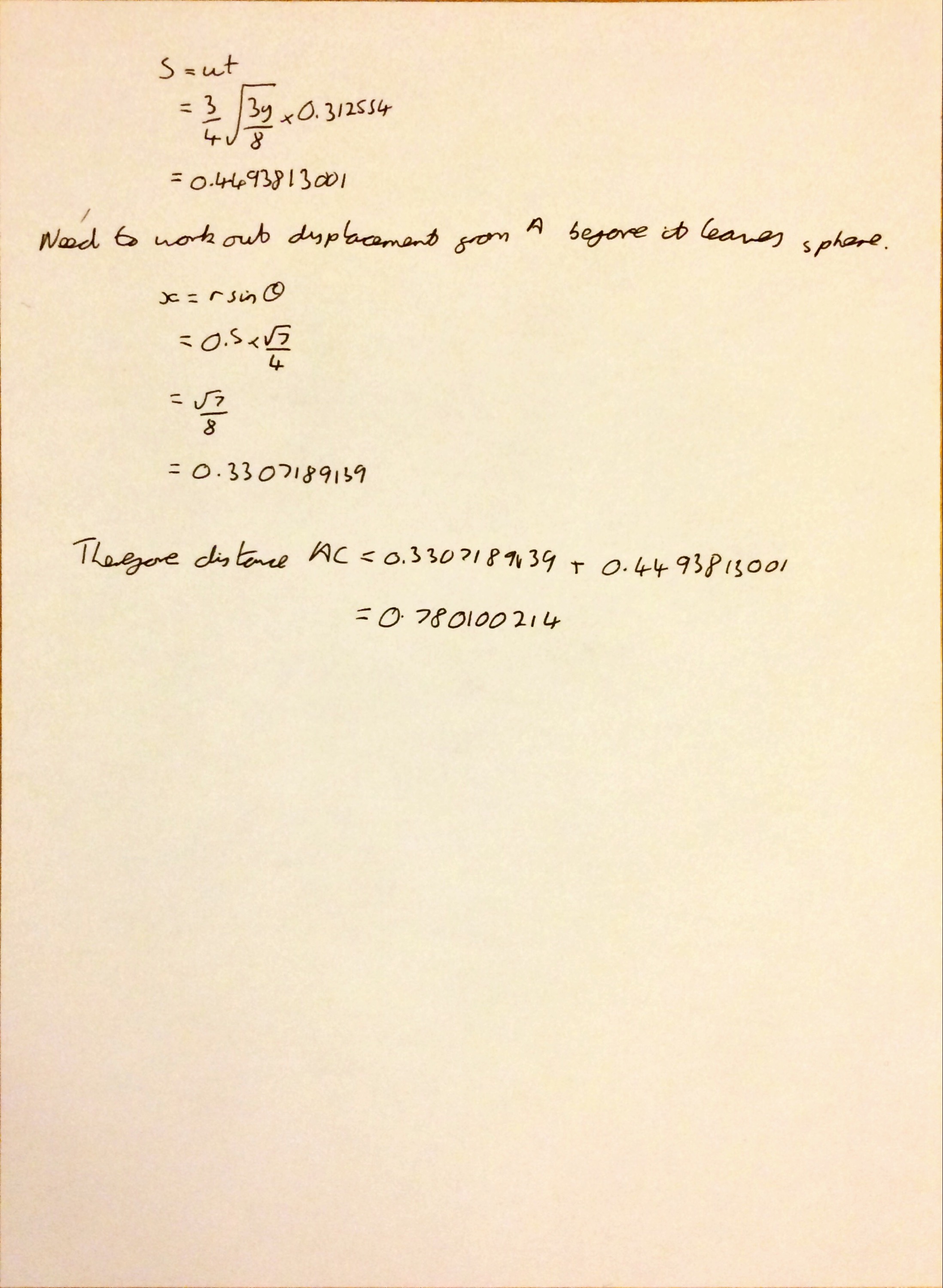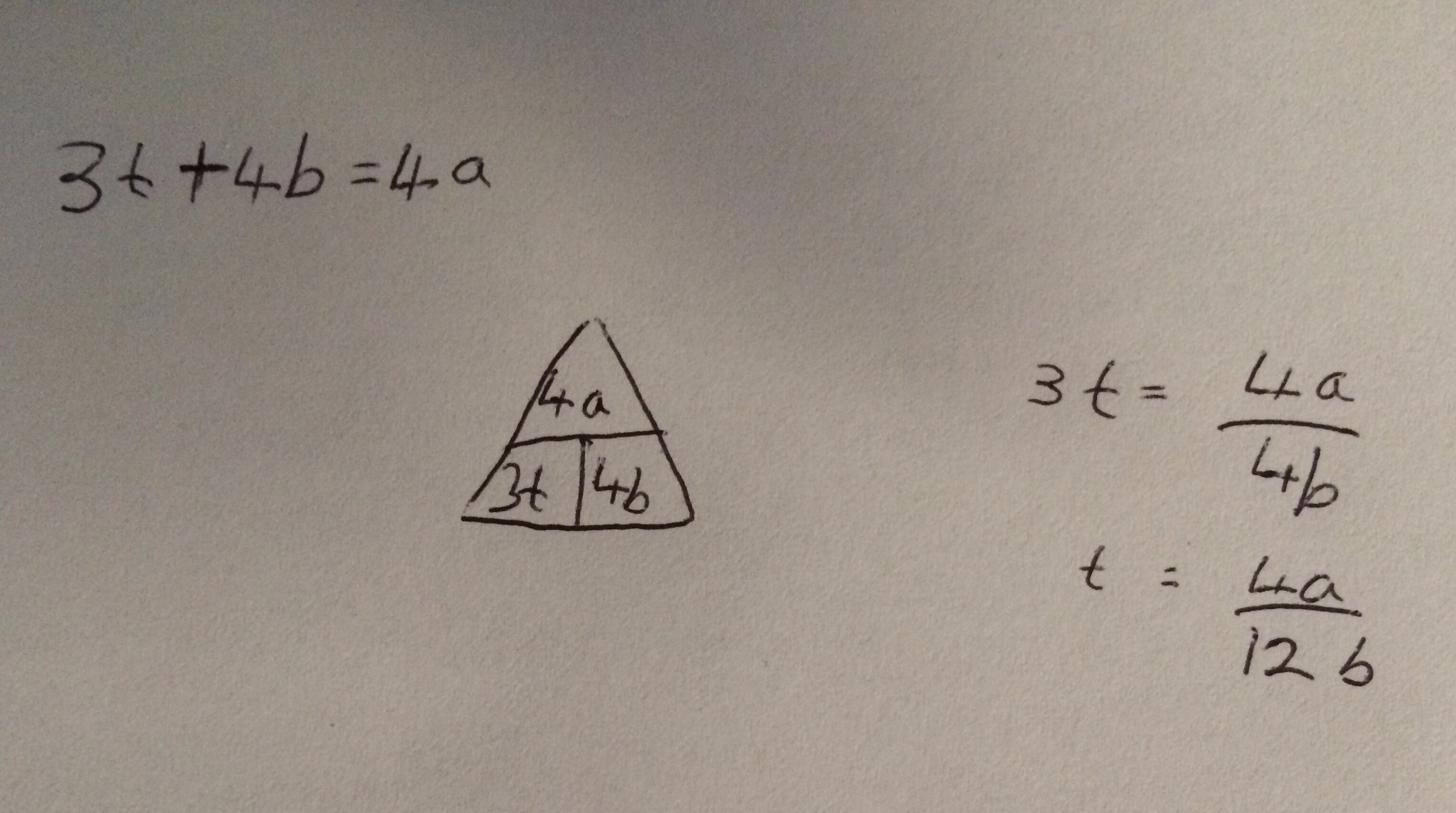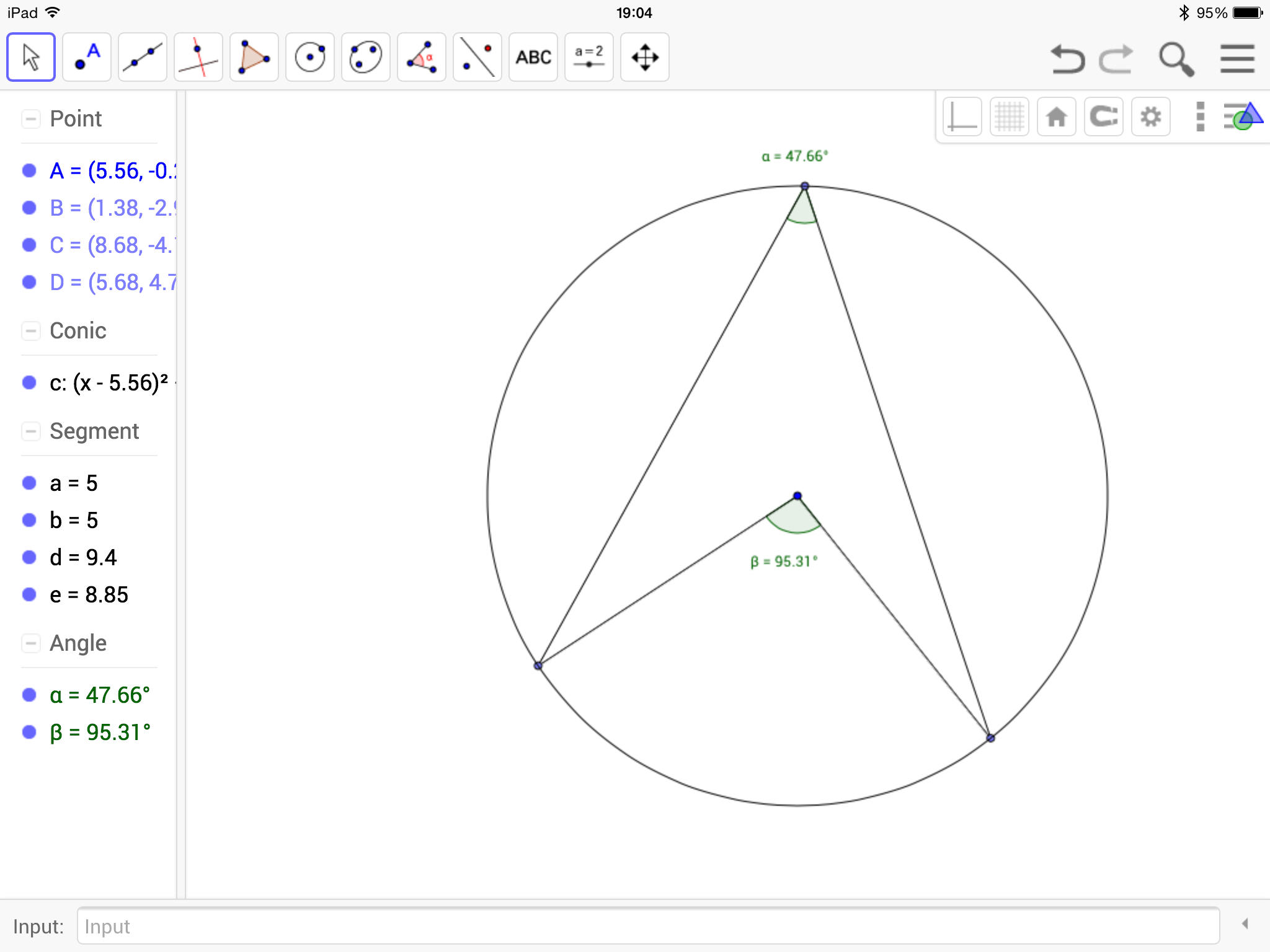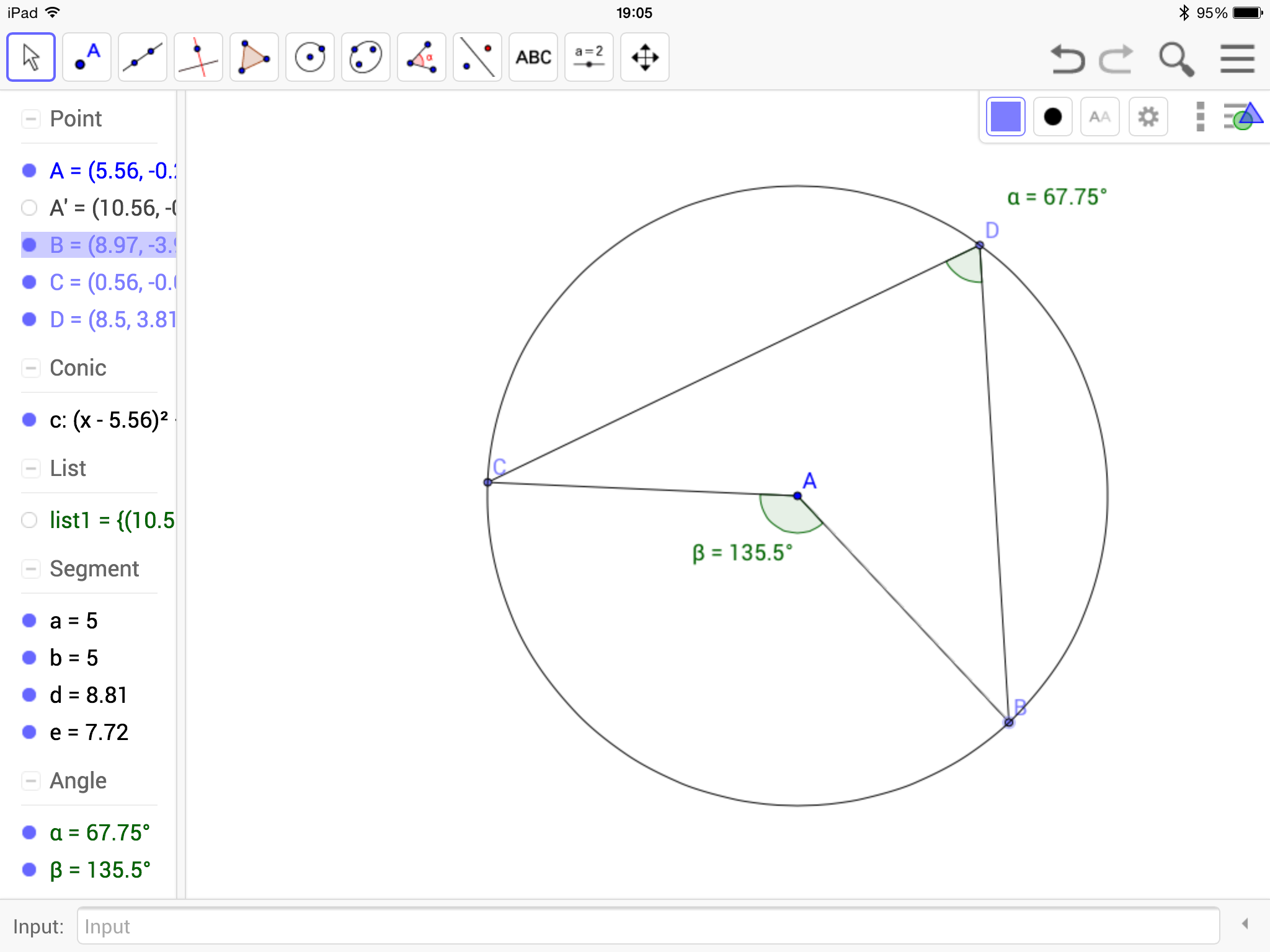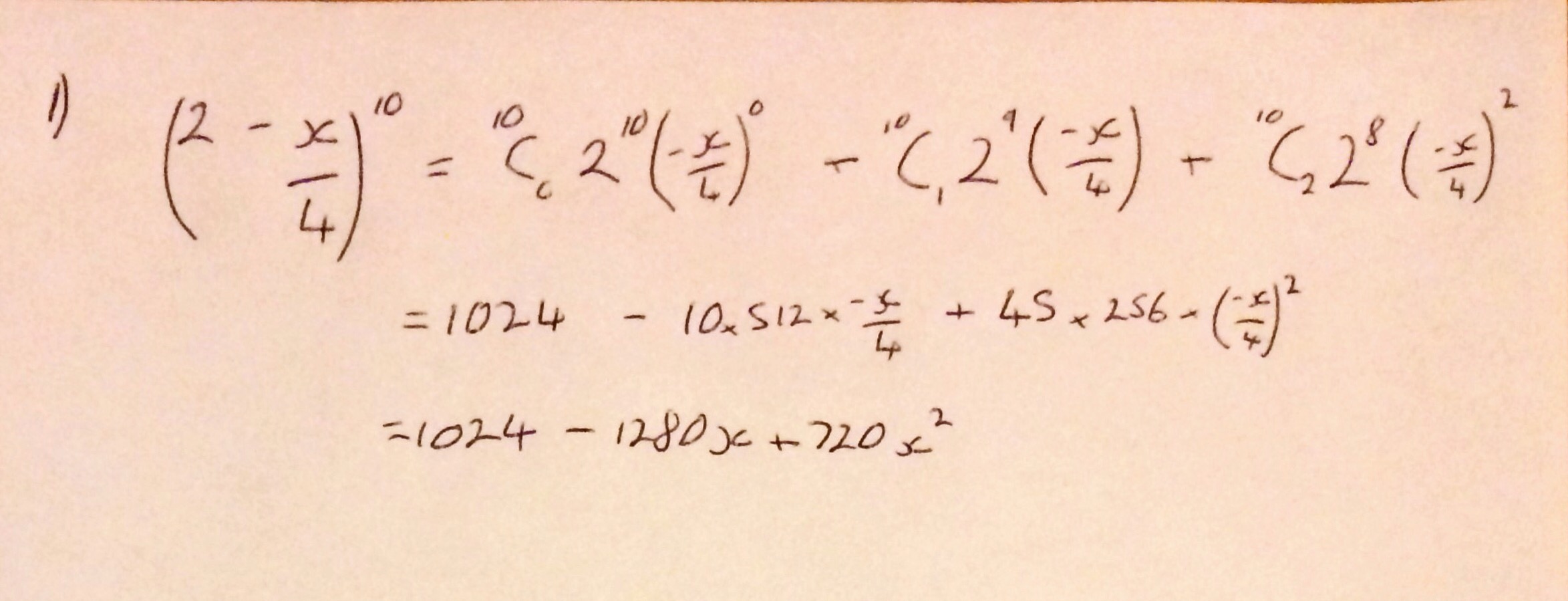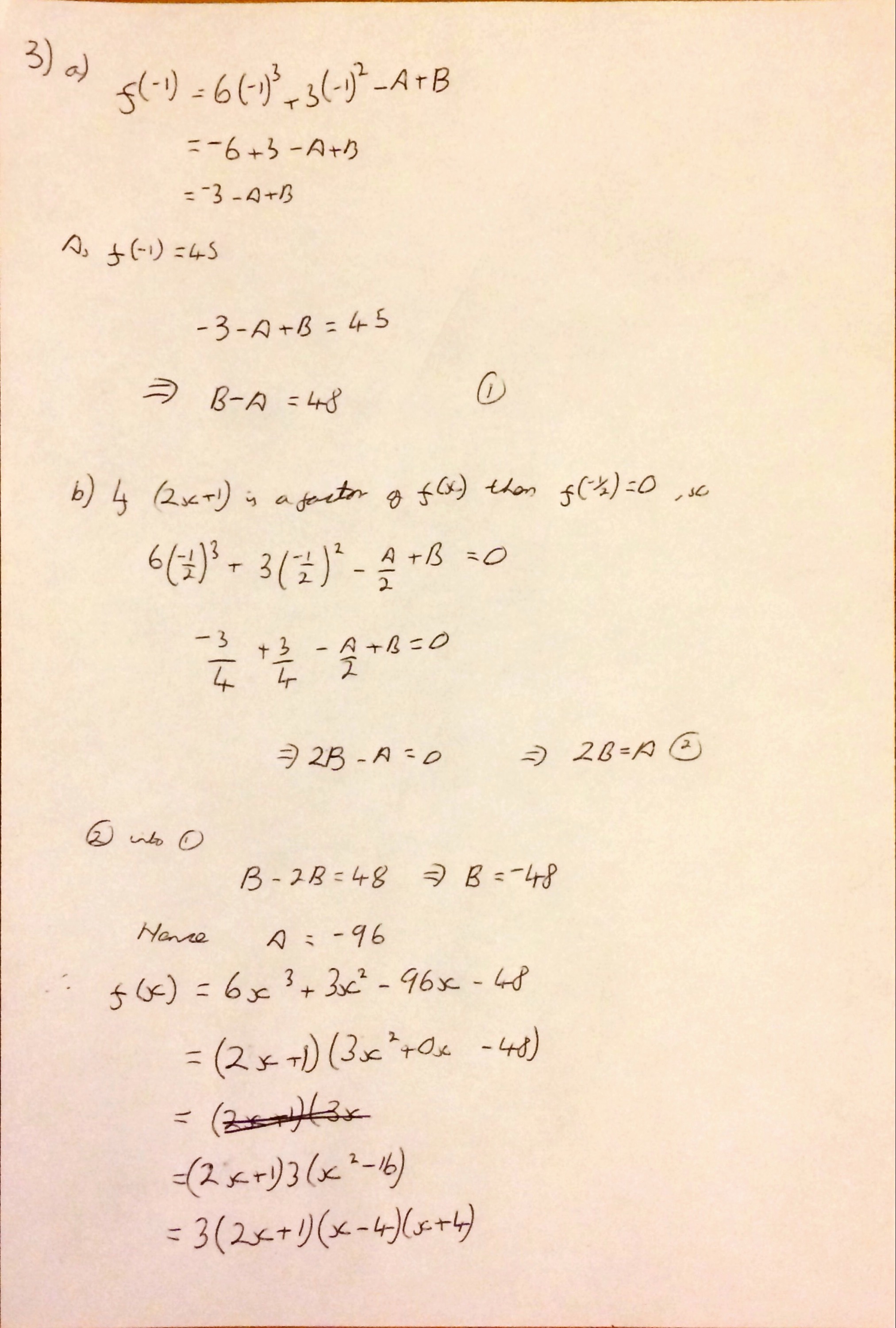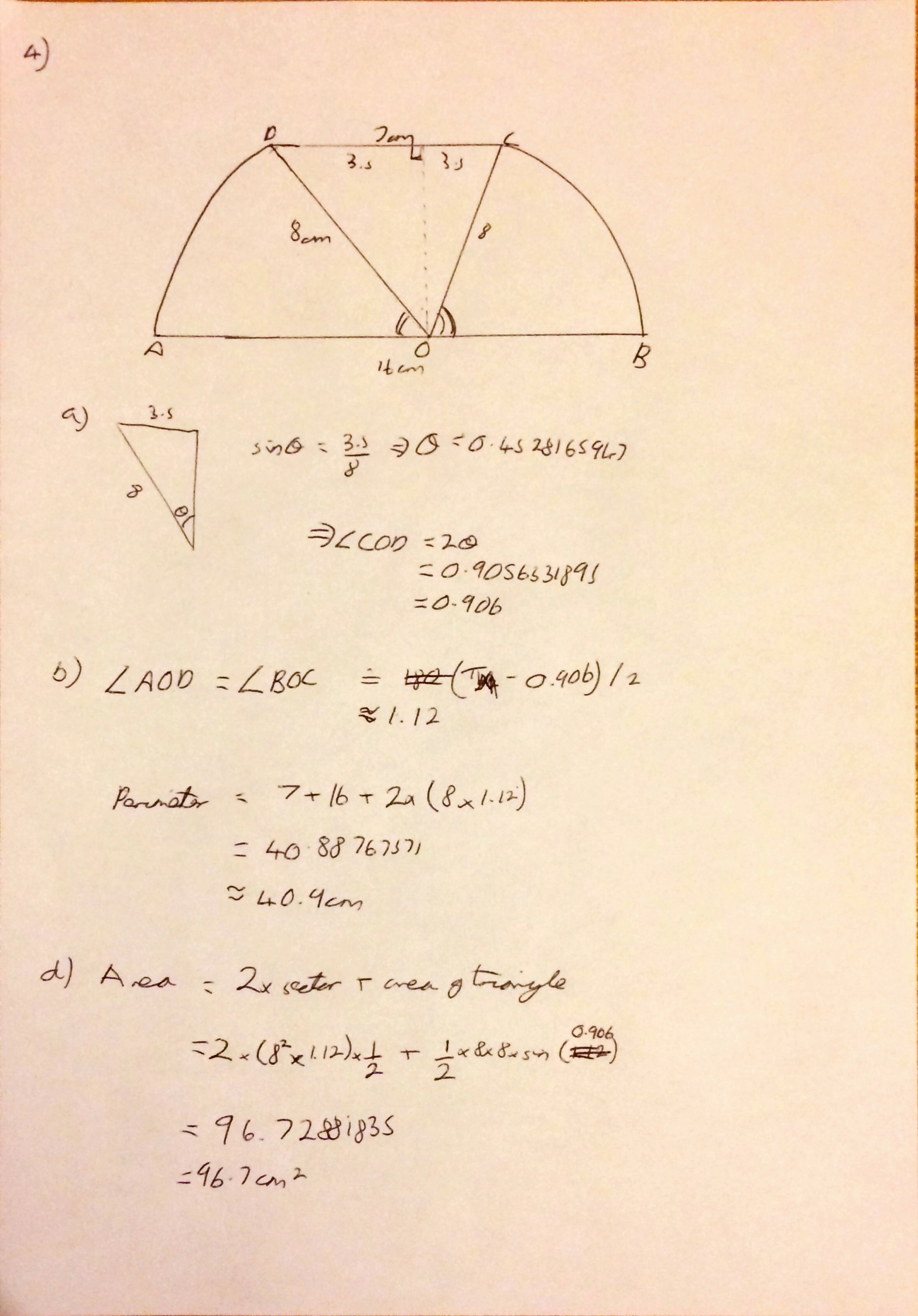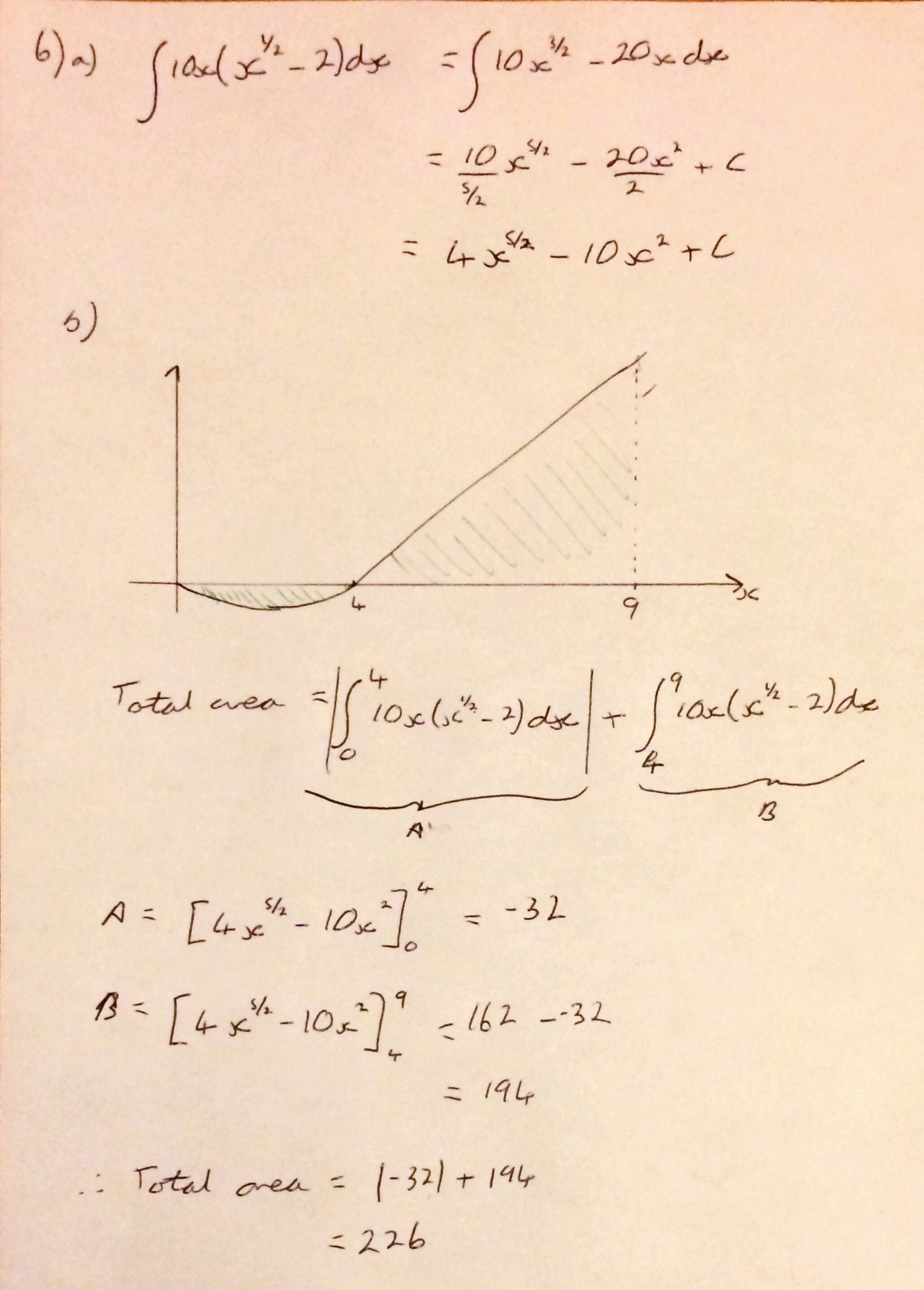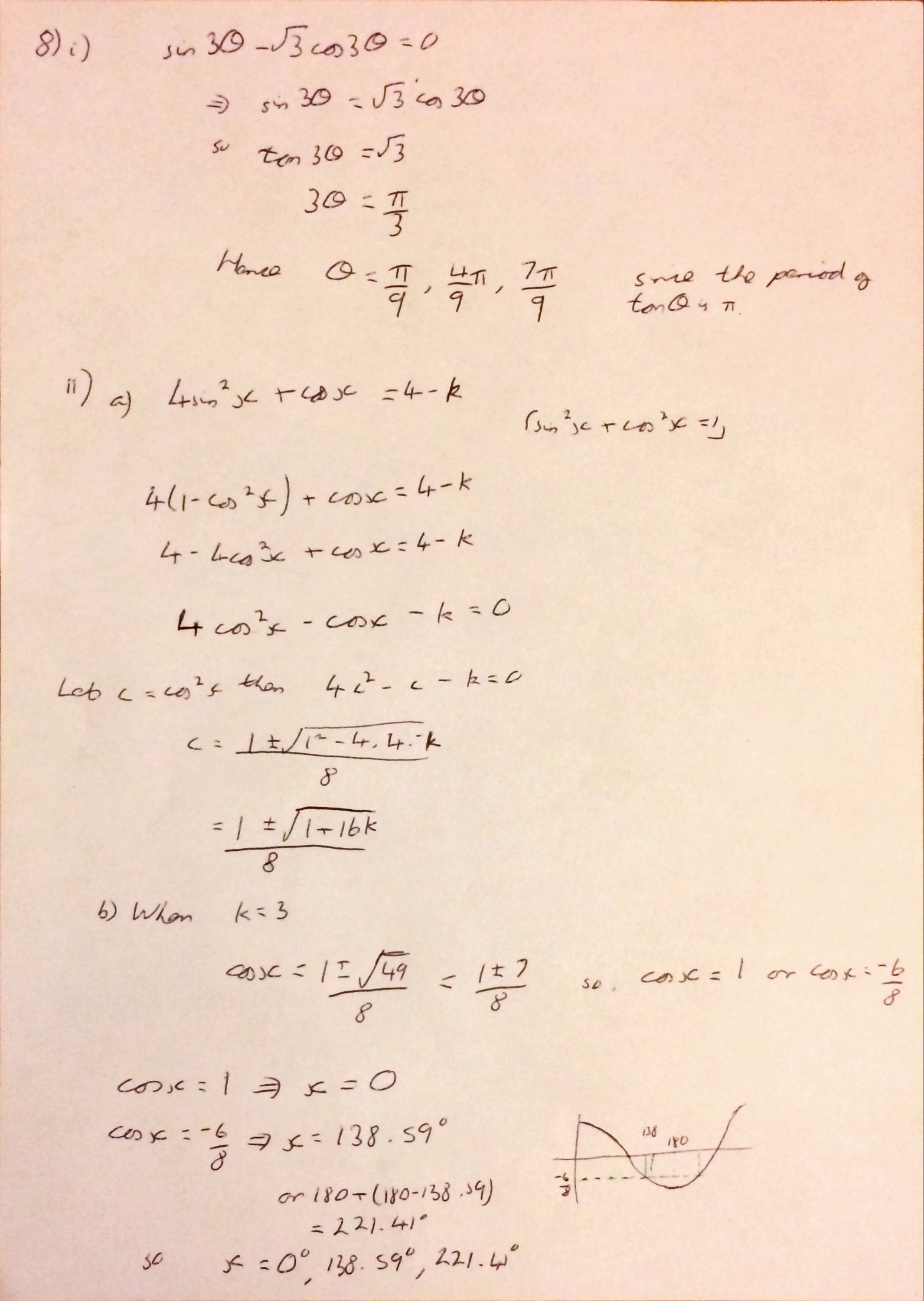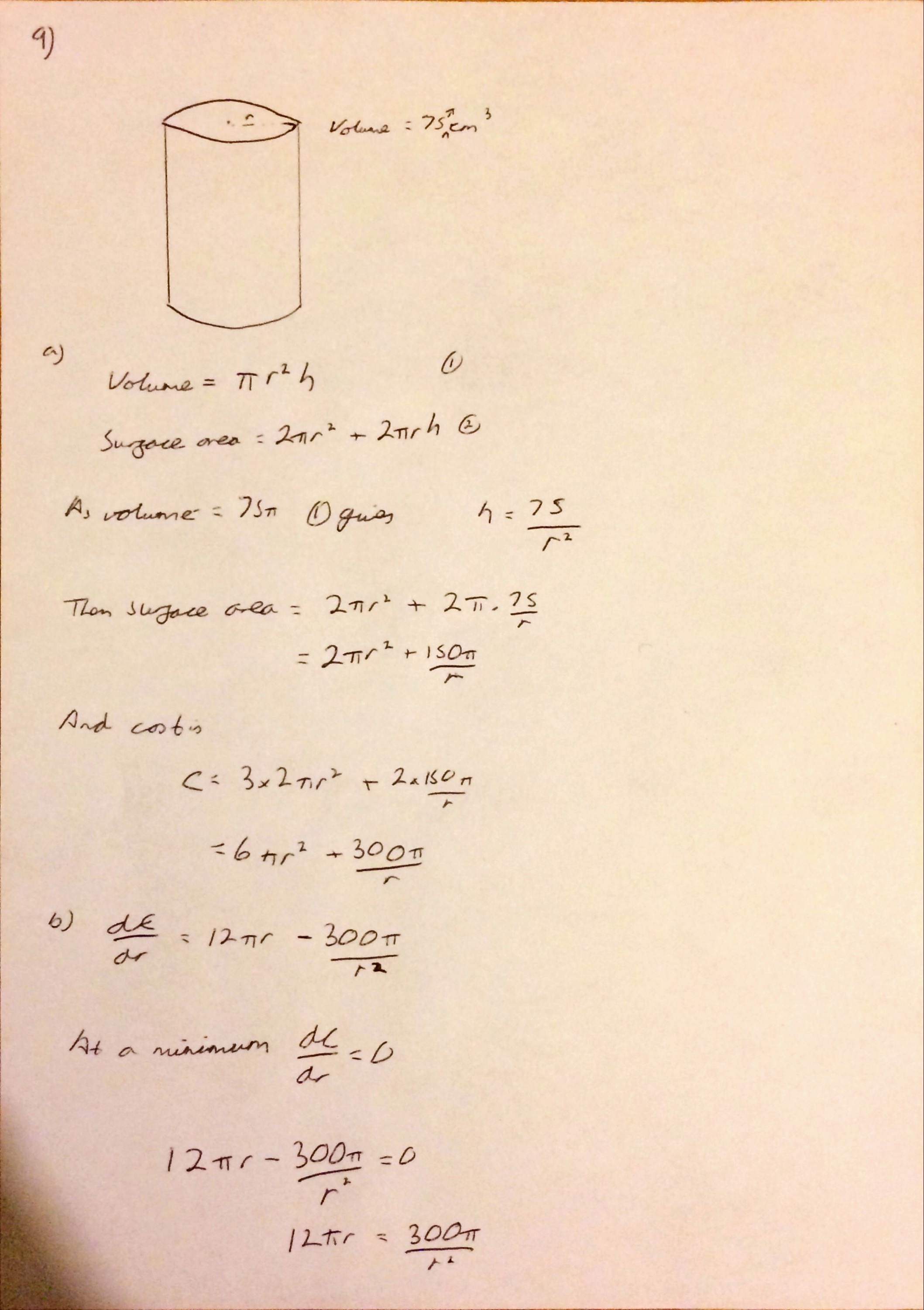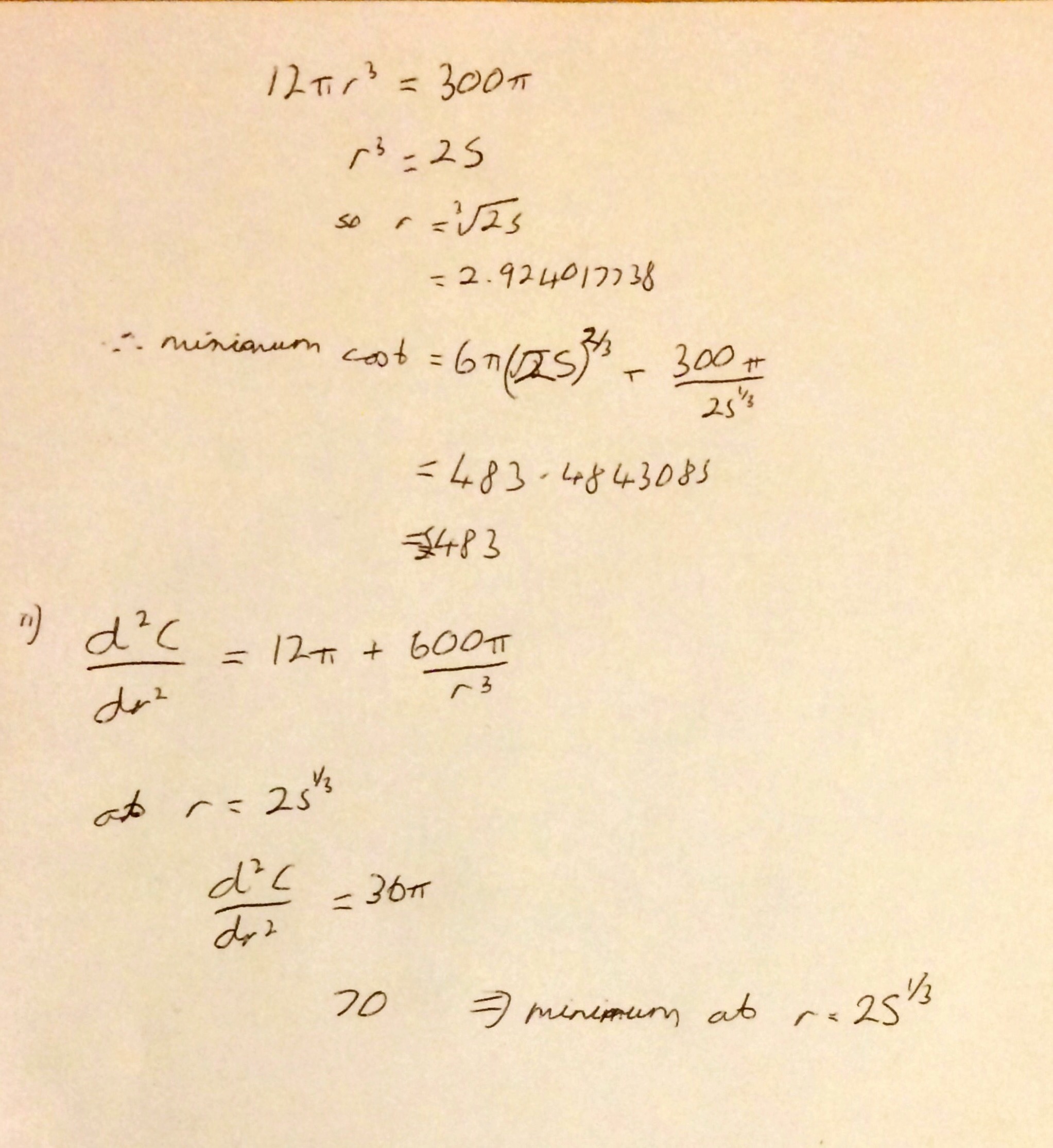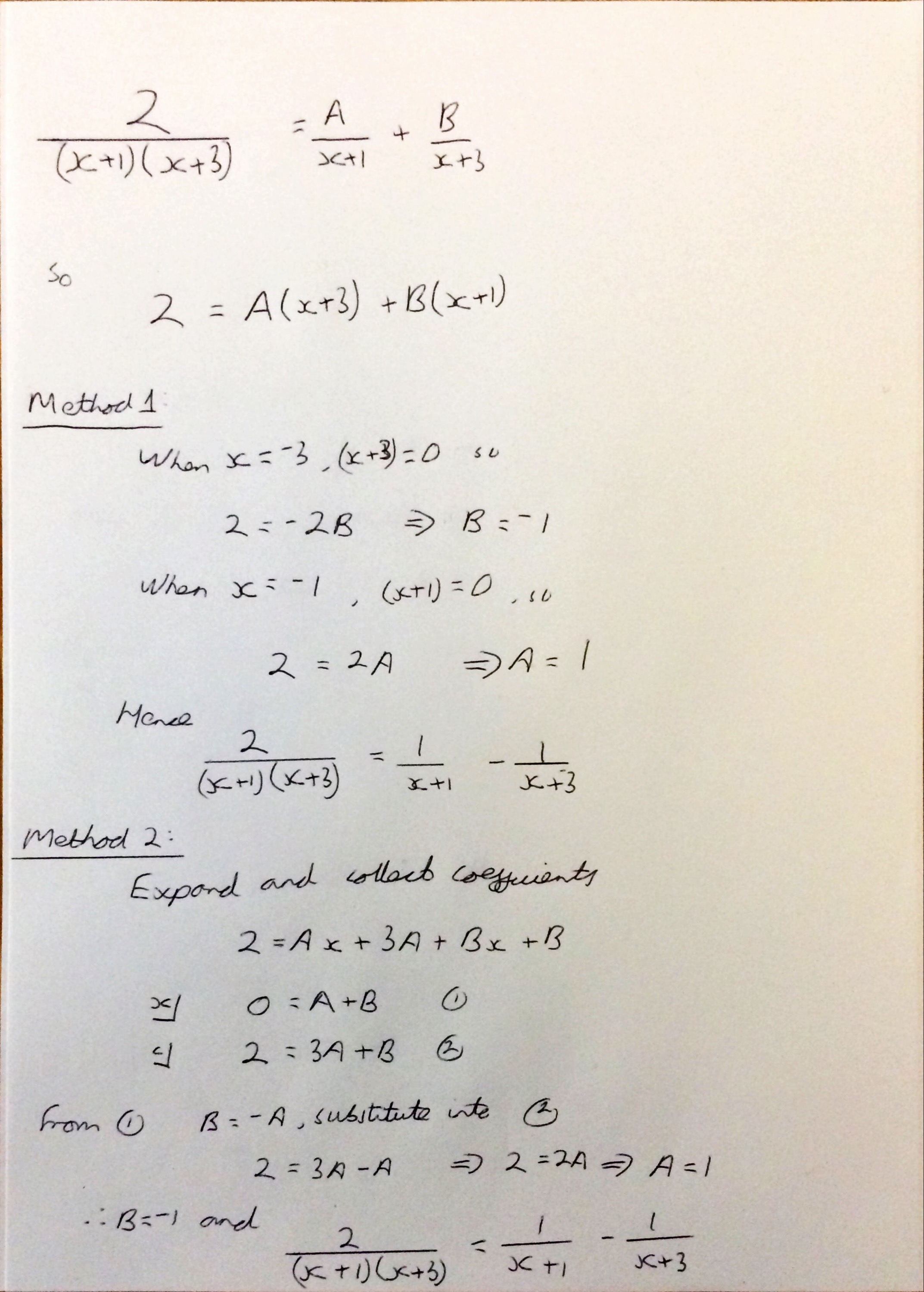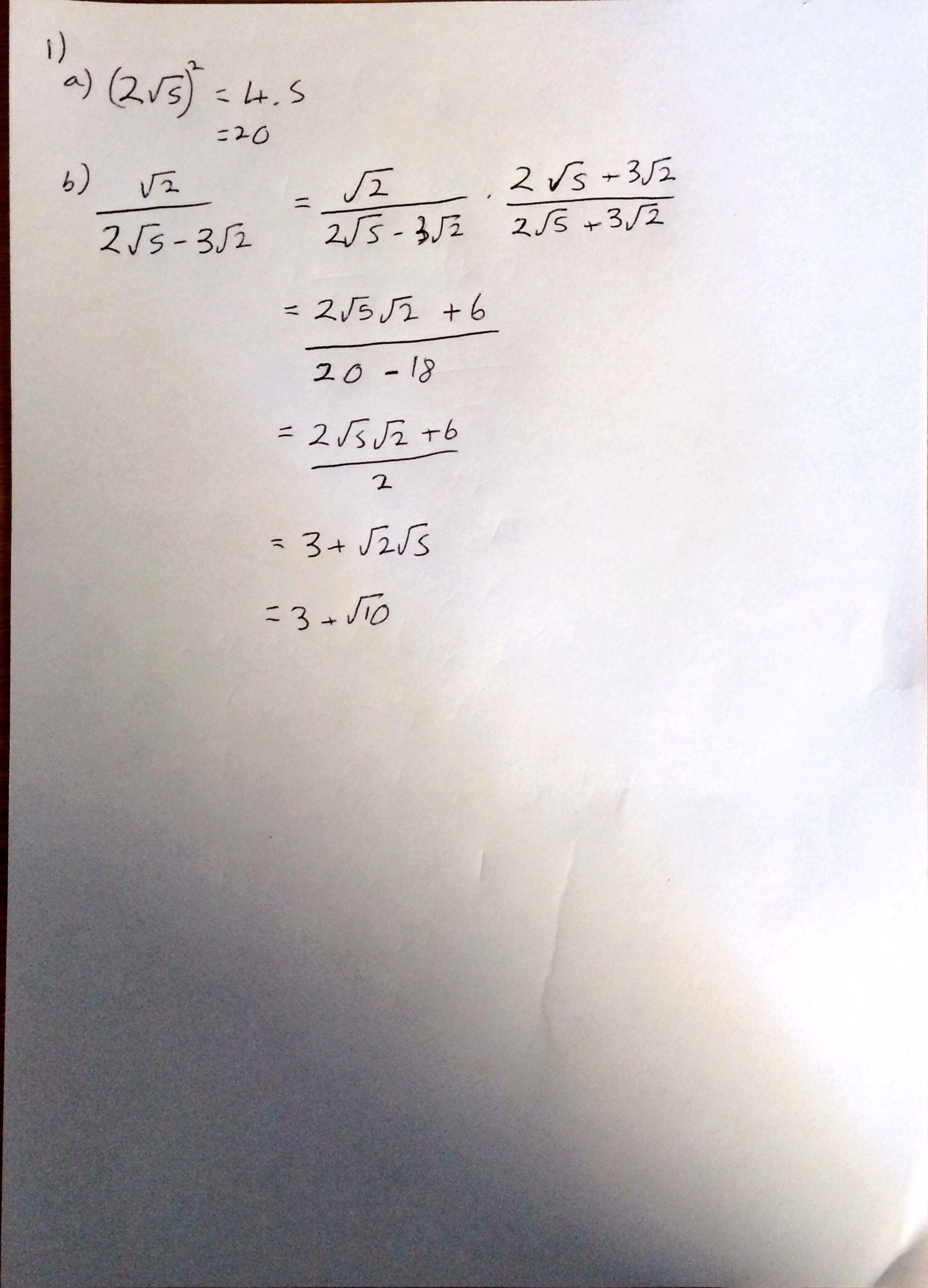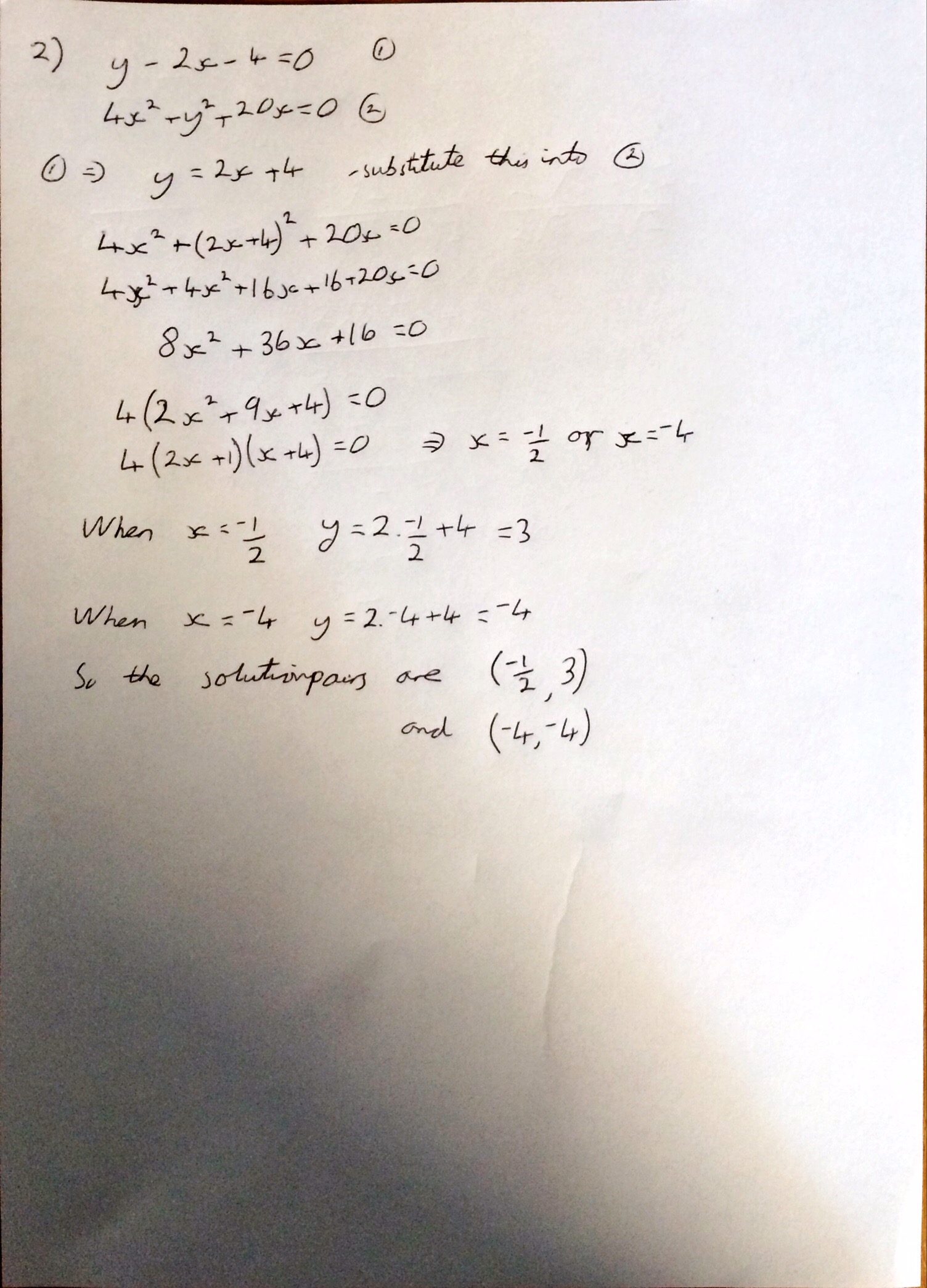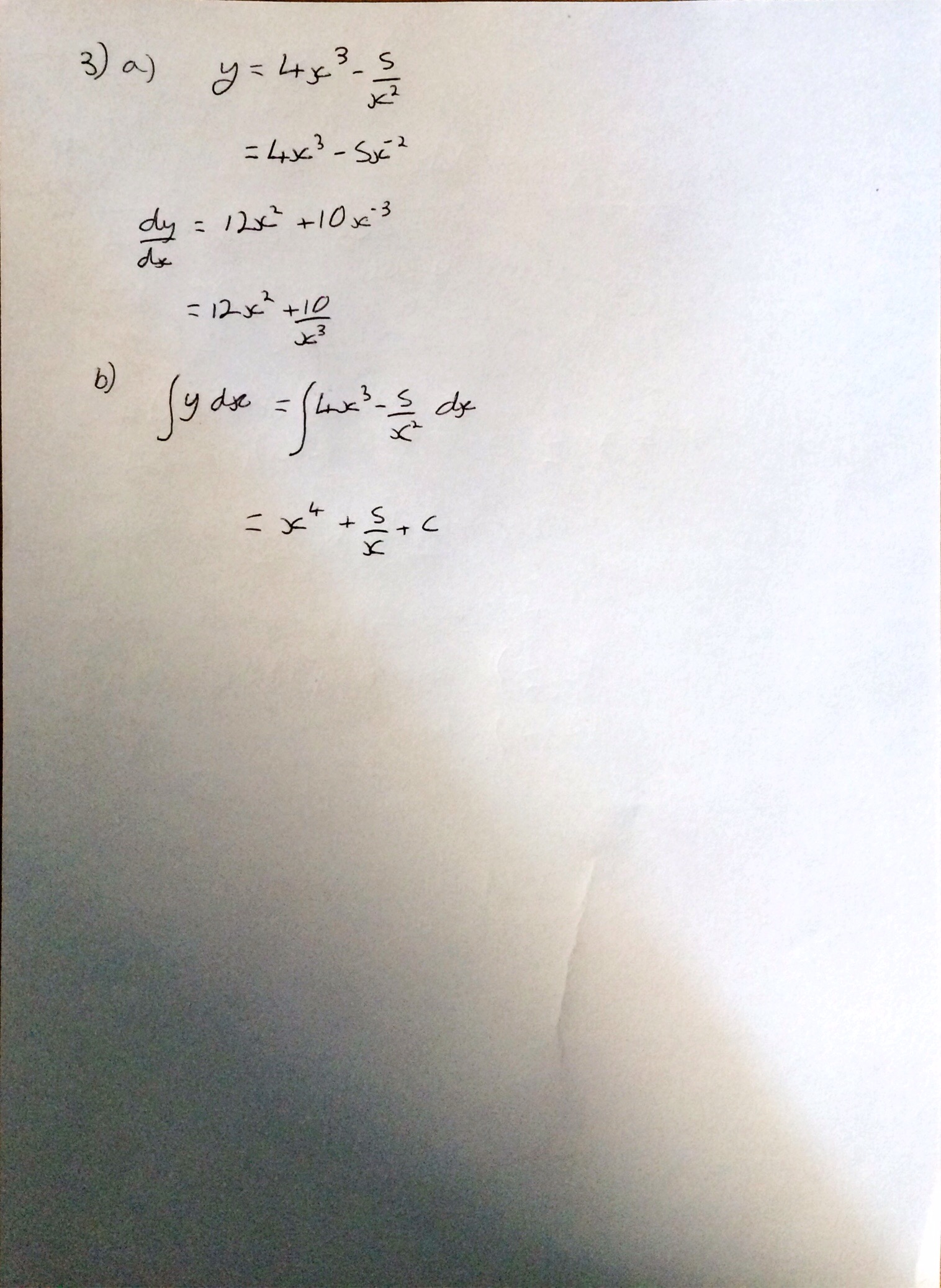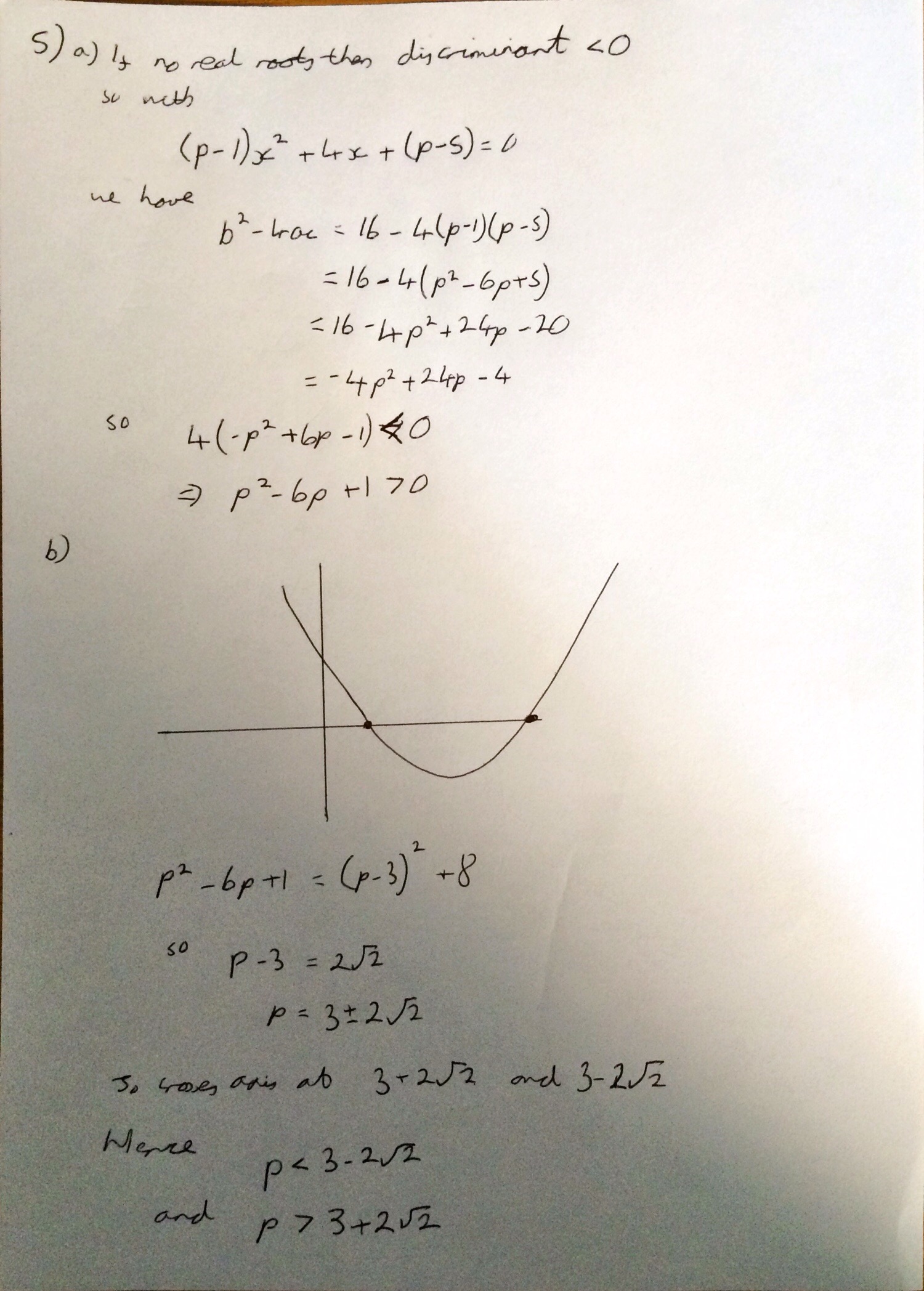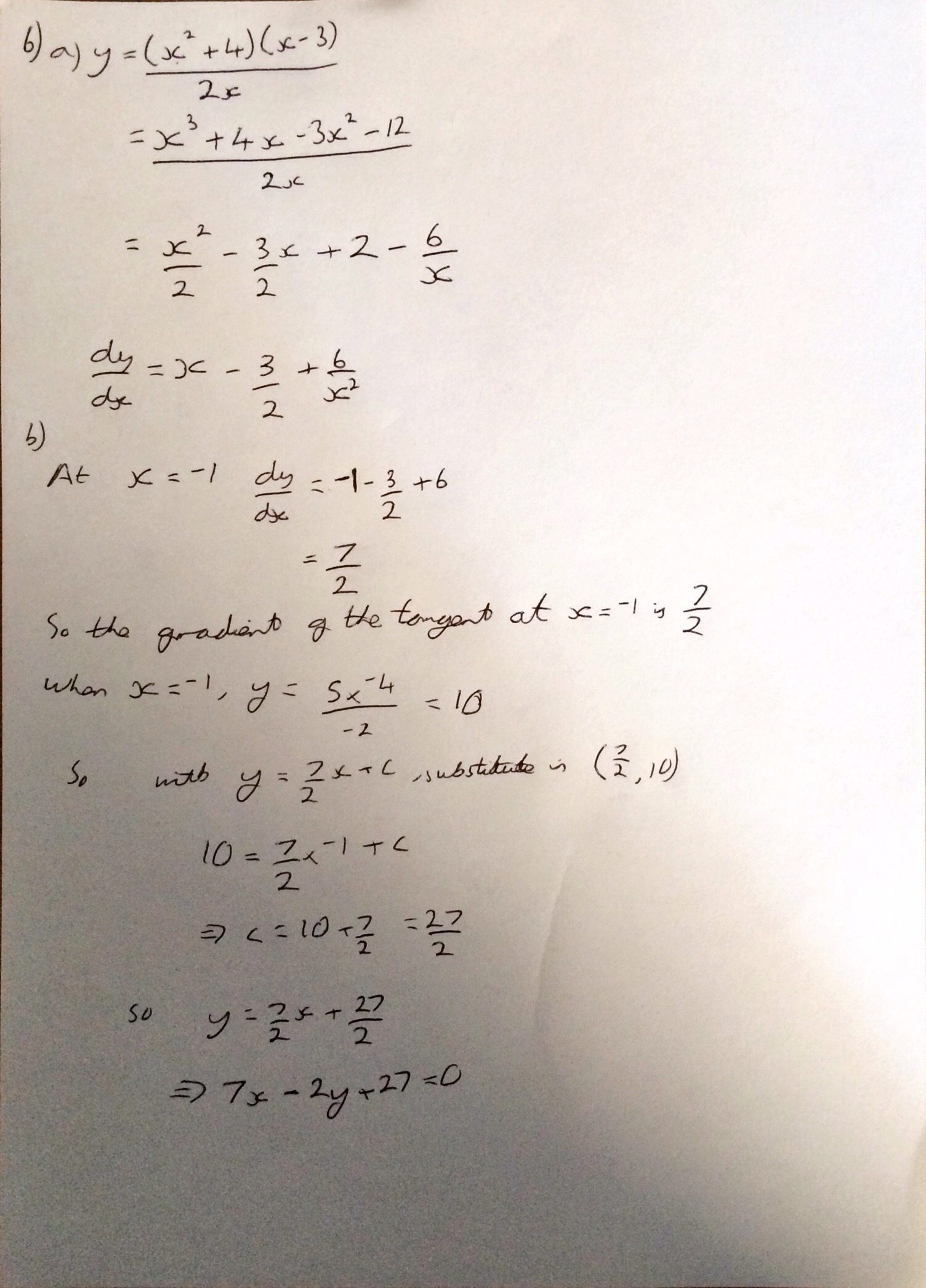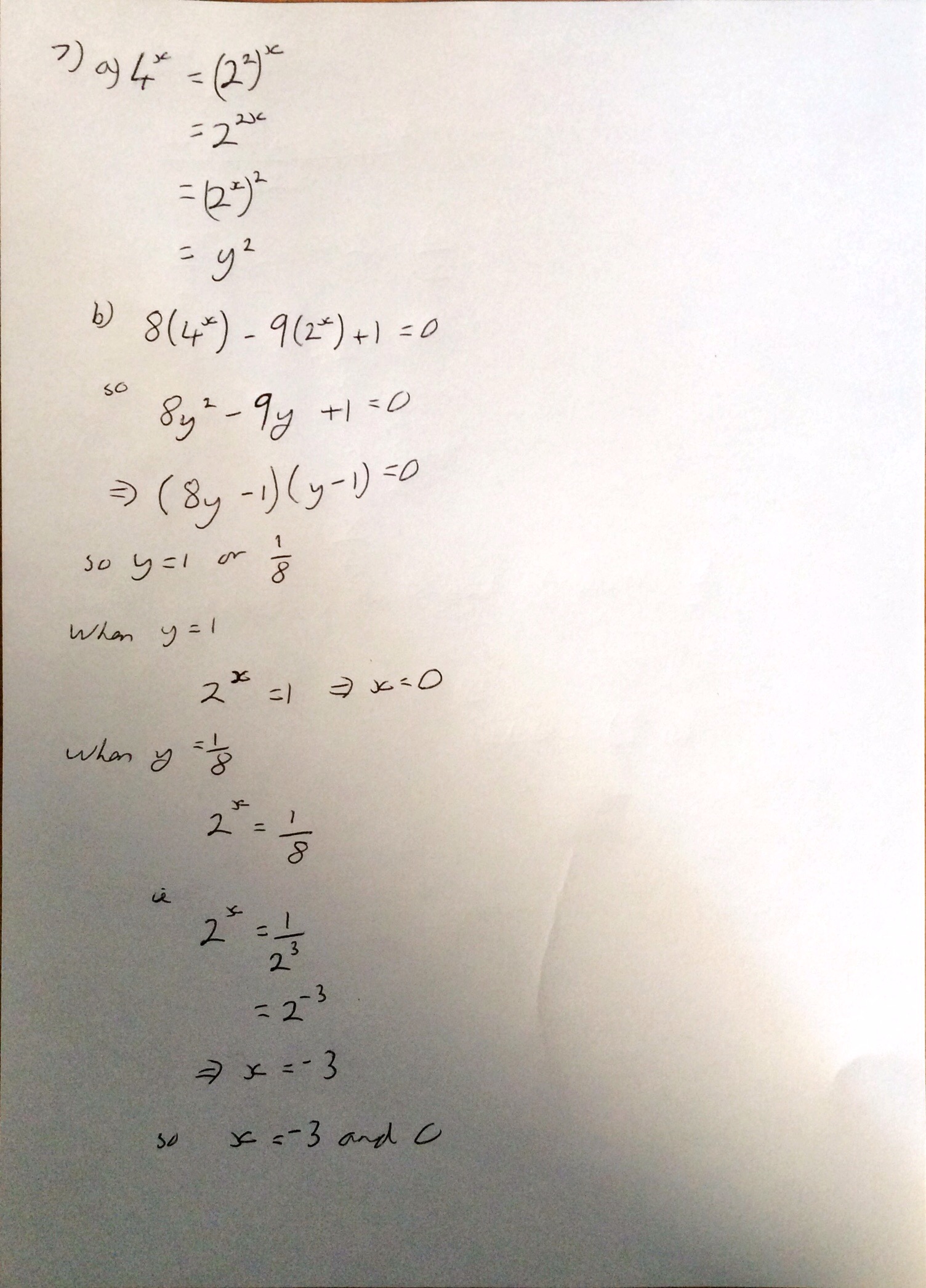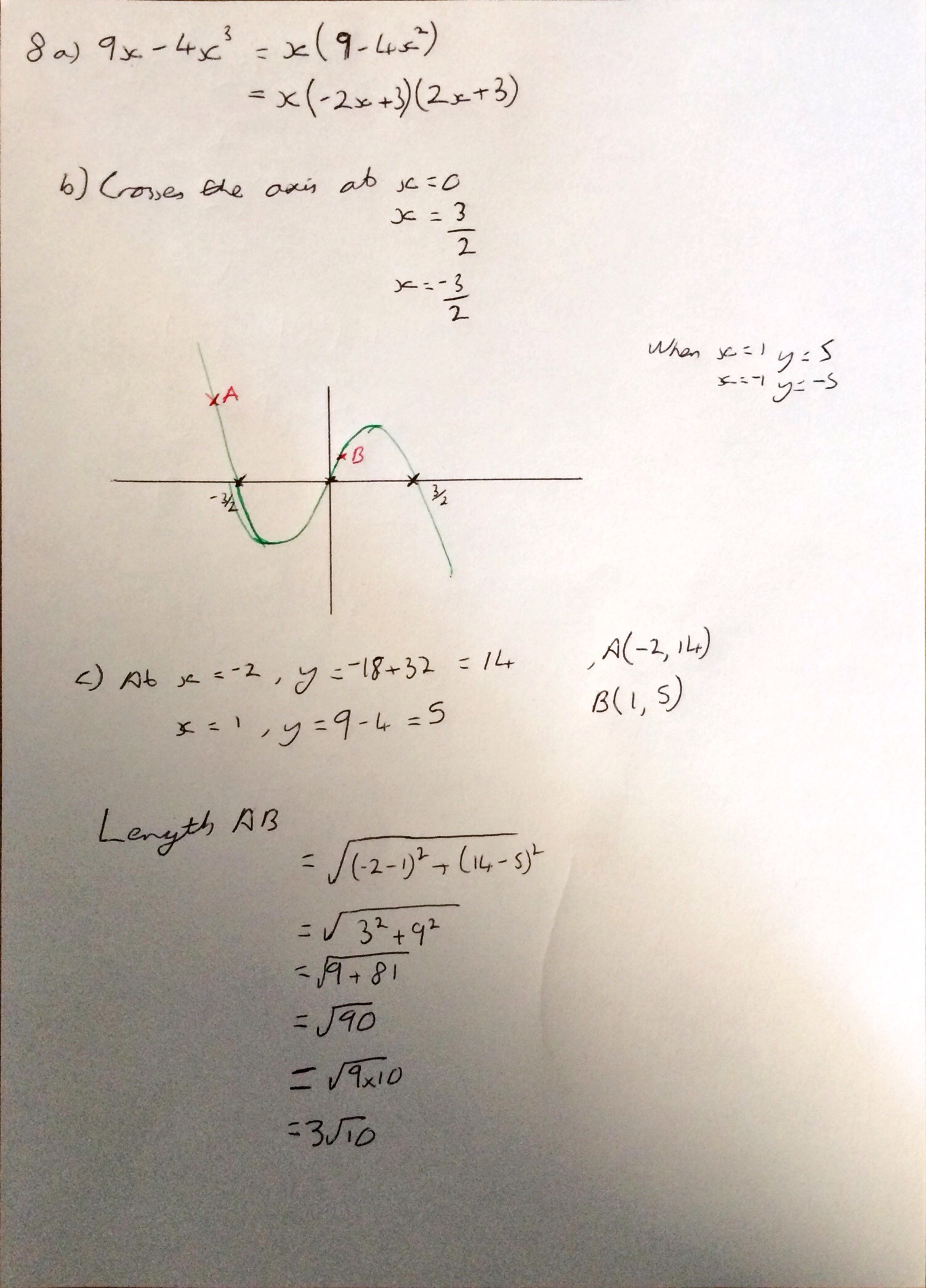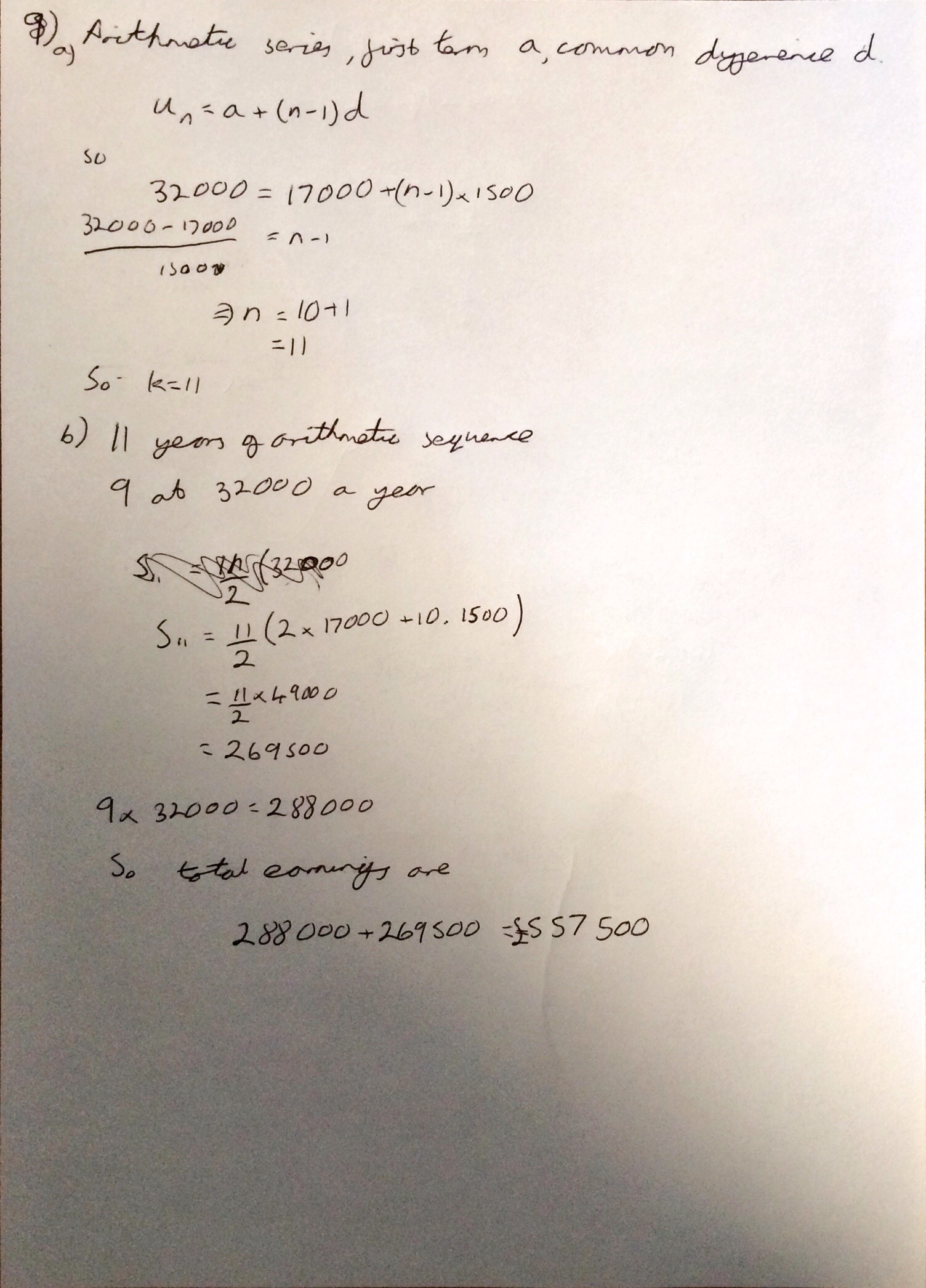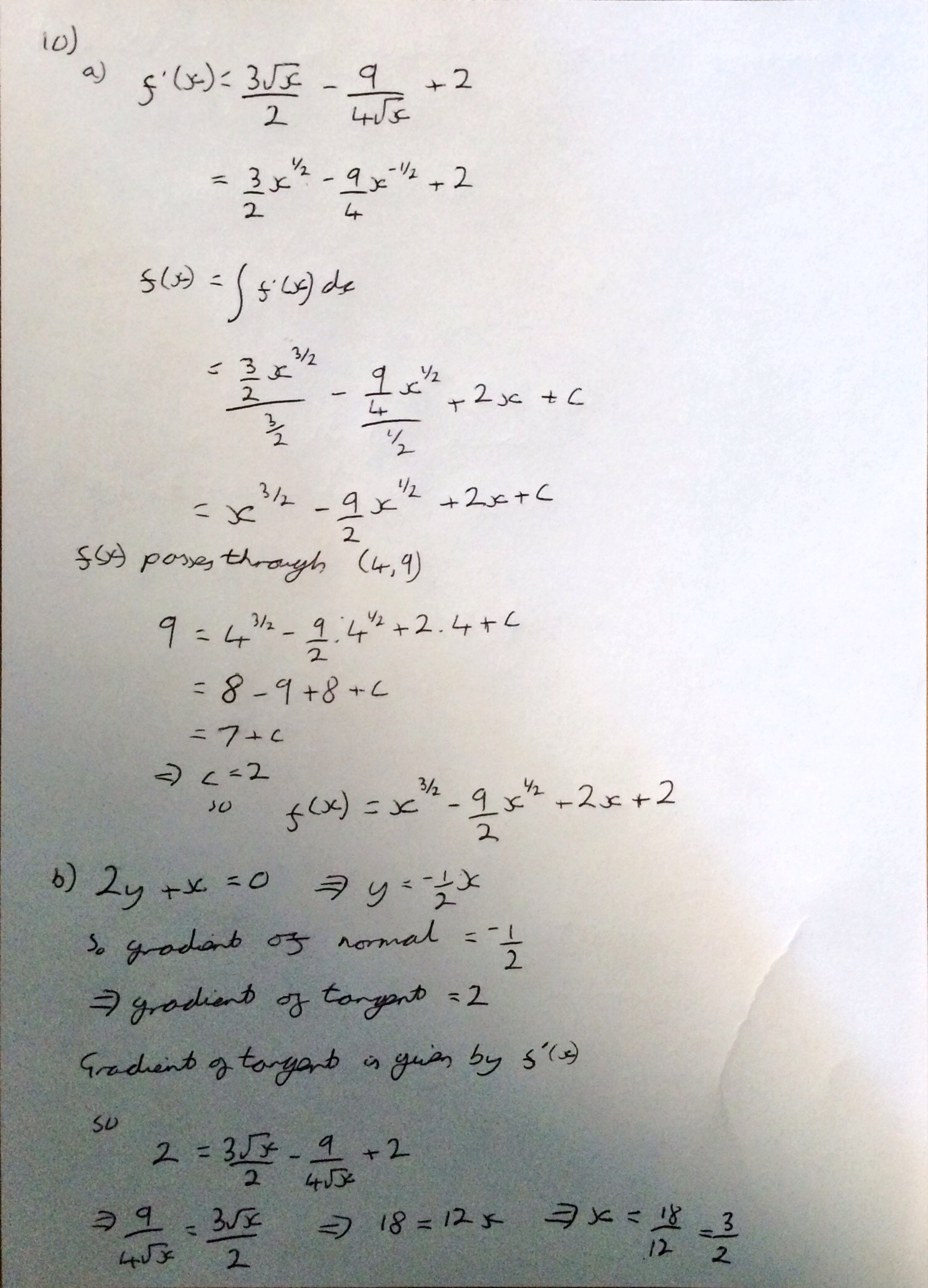I’m not sure why (someone probably asked me at school) but yesterday I started thinking about what I think leads to a good ethos in an A Level class and what I strive to achieve with my classes.
My guiding principle with A Level groups is equality – I don’t want to be seen as a teacher who is above them. Real mathematics is a collaborative attack on problems where you are looking for an elegant, neat solution; this is hard to achieve amongst a group of people who don’t feel equal. I don’t want them to see me as a teacher above them who they can only ask questions of – I want them to suggest approaches and paths to the solution of problems too. I think one of the easiest ways to encourage this is to let them call me by my first name. I know some teachers wouldn’t like this, and it is of course important to keep a professional distance from your students, but, I really think little things like this encourage them to be comfortable to give me their thoughts and suggest ways to tackle a question that they are doing as a class.
Another thing that I think is important for an A Level group to understand is the necessity to be stuck. In a Further Maths group especially some of the students have probably never struggled with maths before and it can be a shock when they begin to. For this reason I try to emphasise in the first few weeks that this is ok and a normal part of doing mathematics. Problems which either can’t be solved, or can be solved in multiple approaches, one of which takes significantly longer than another approach are valuable to reinforce that being stuck is ok! I also use exercises that I haven’t looked at until I get into the room as examples for this reason – I believe it’s good for them to see that I don’t always do the correct thing first time when solving a problem.
Collaborative working is something that I try to foster with certain activities – certainly for me, maths at A Level was a very solitary activity. This isn’t really reflective of the world of mathematics and whilst it is important for students to have plenty of practice at solving questions on their own, talking about and discussing mathematics is incredibly valuable.
This post is a work in progress and I’m going to add to it as I think of other things…..

